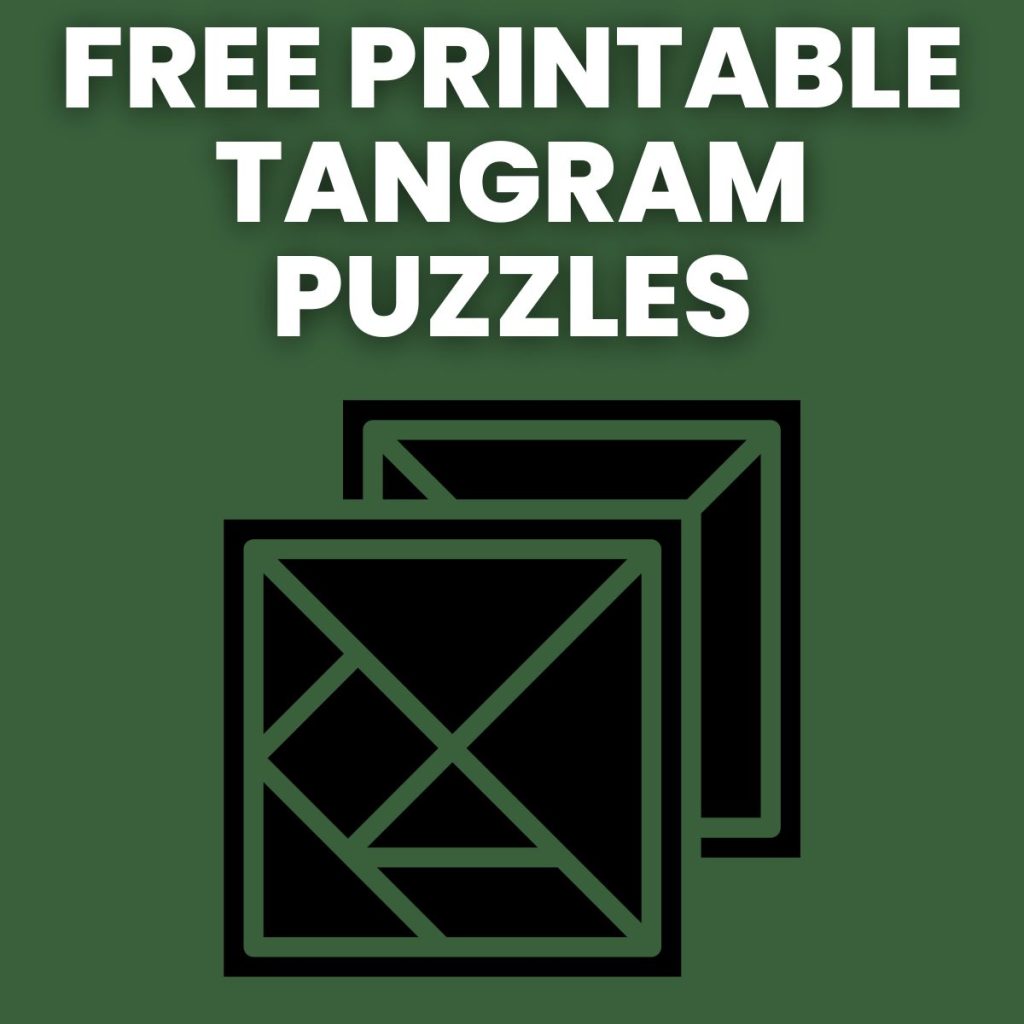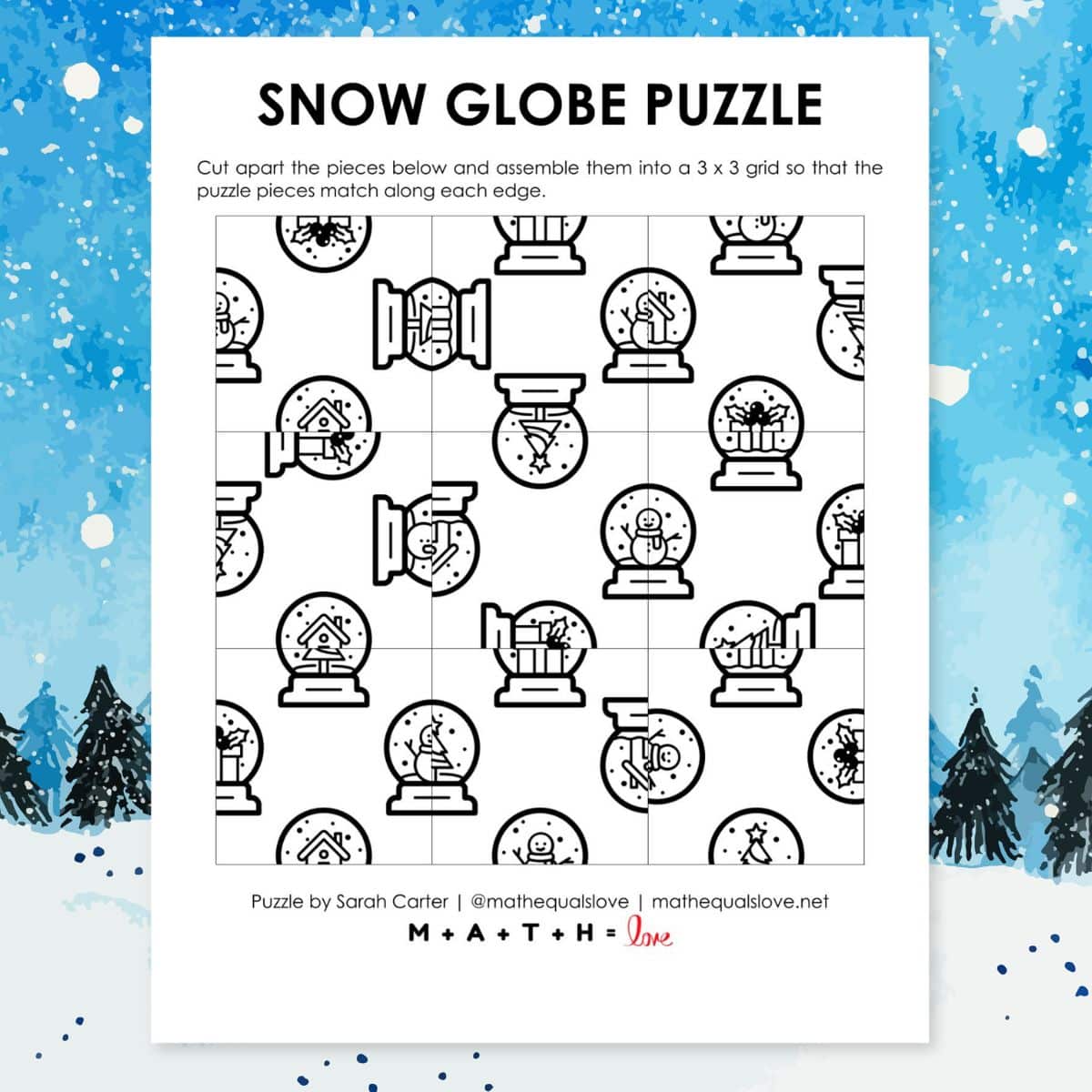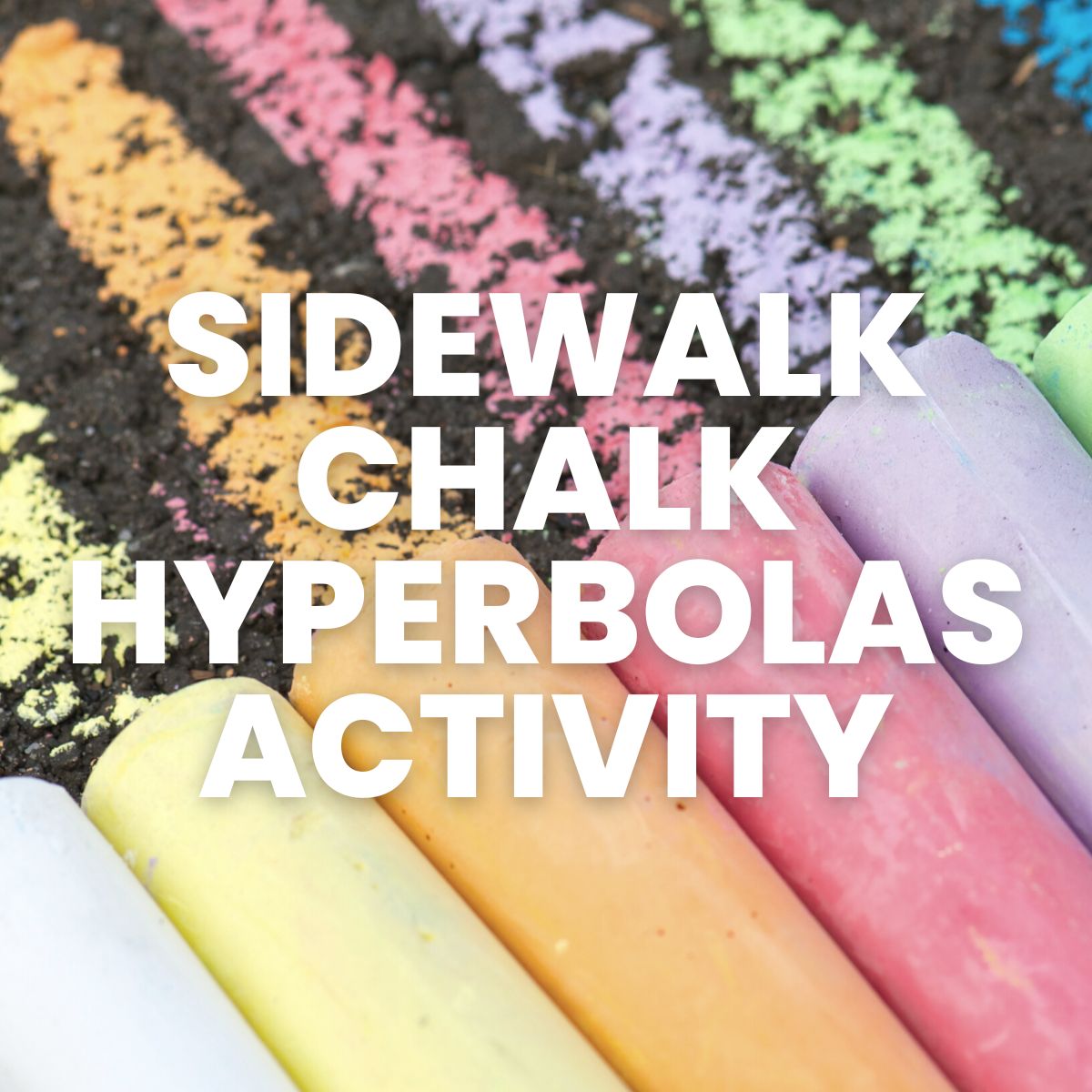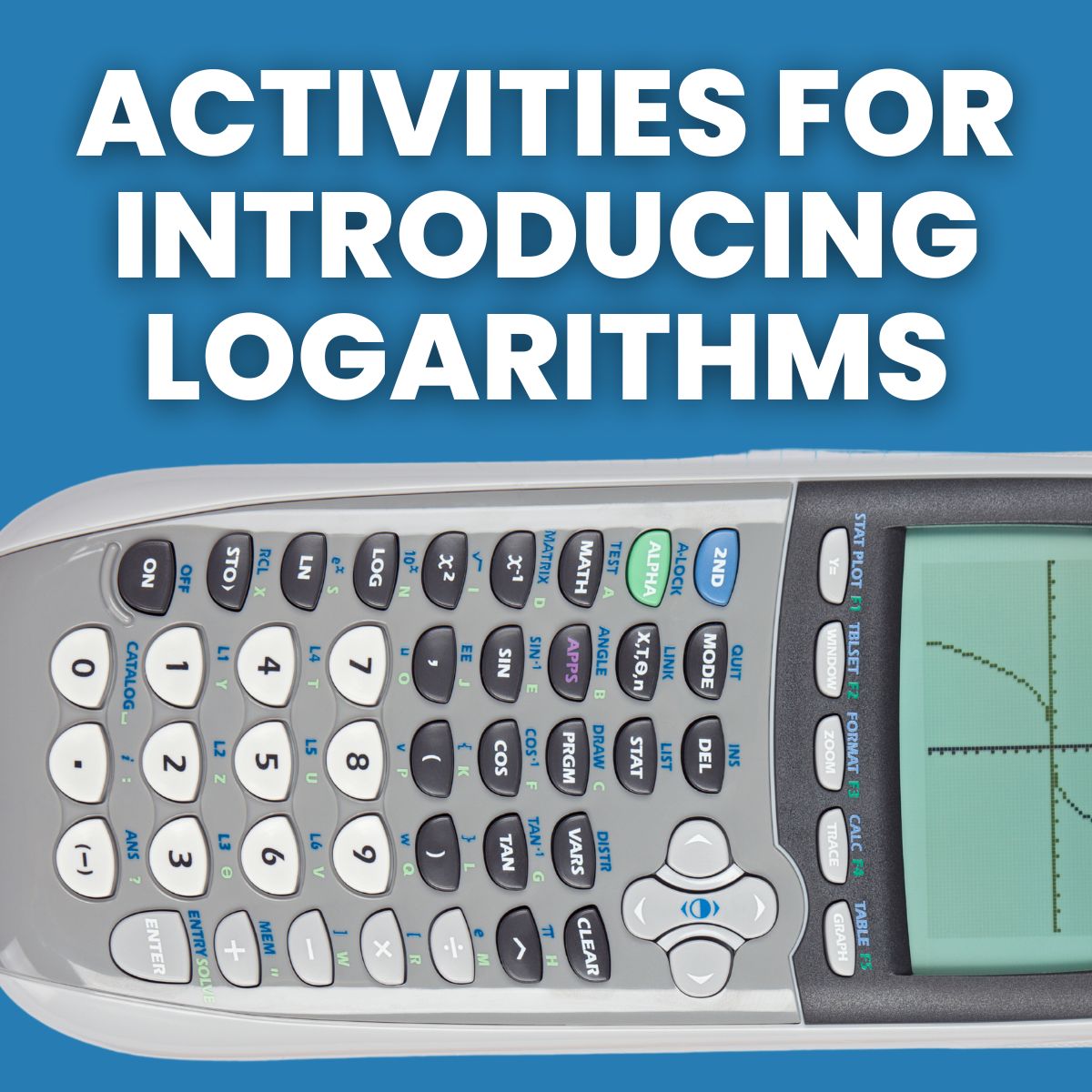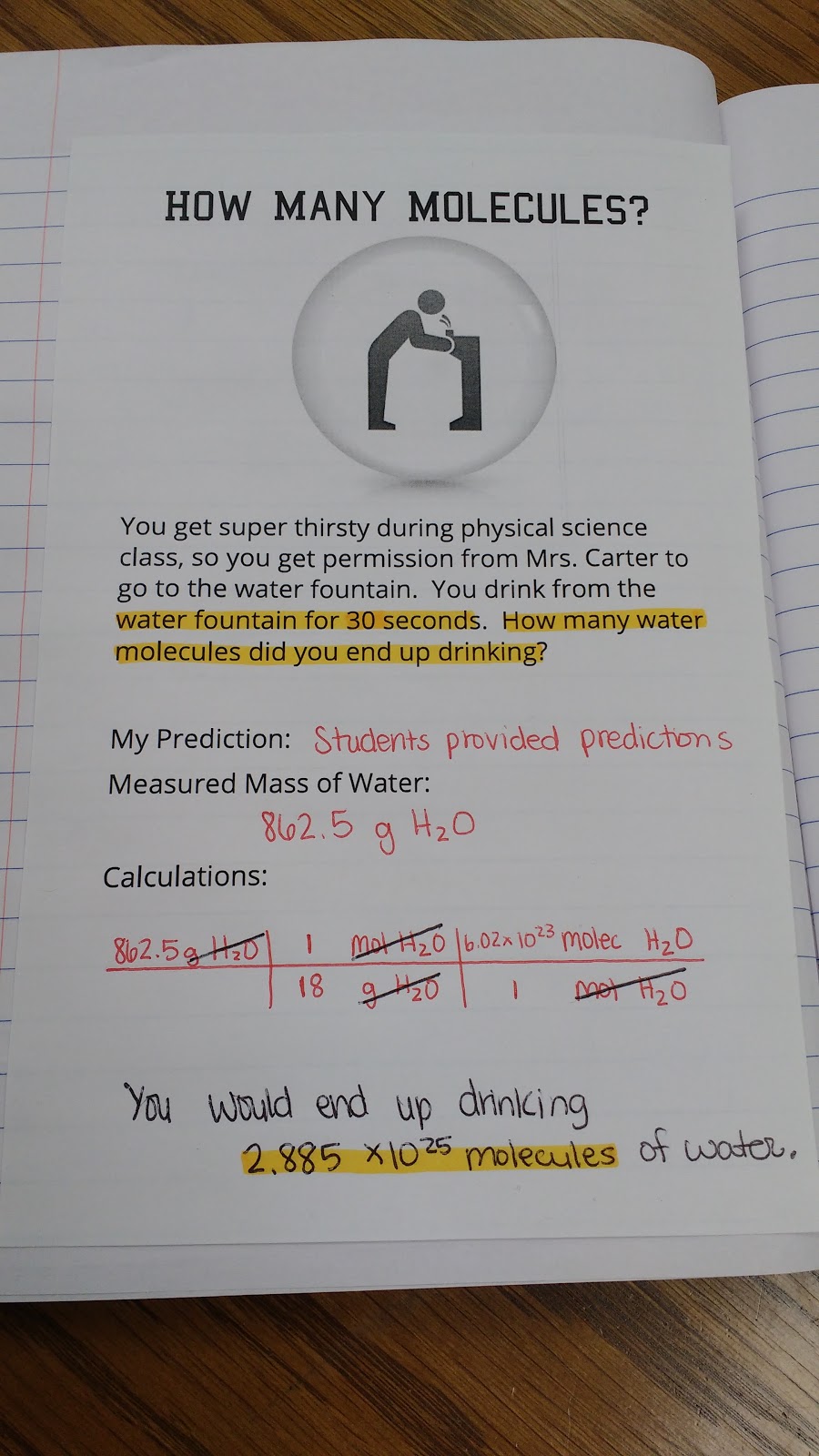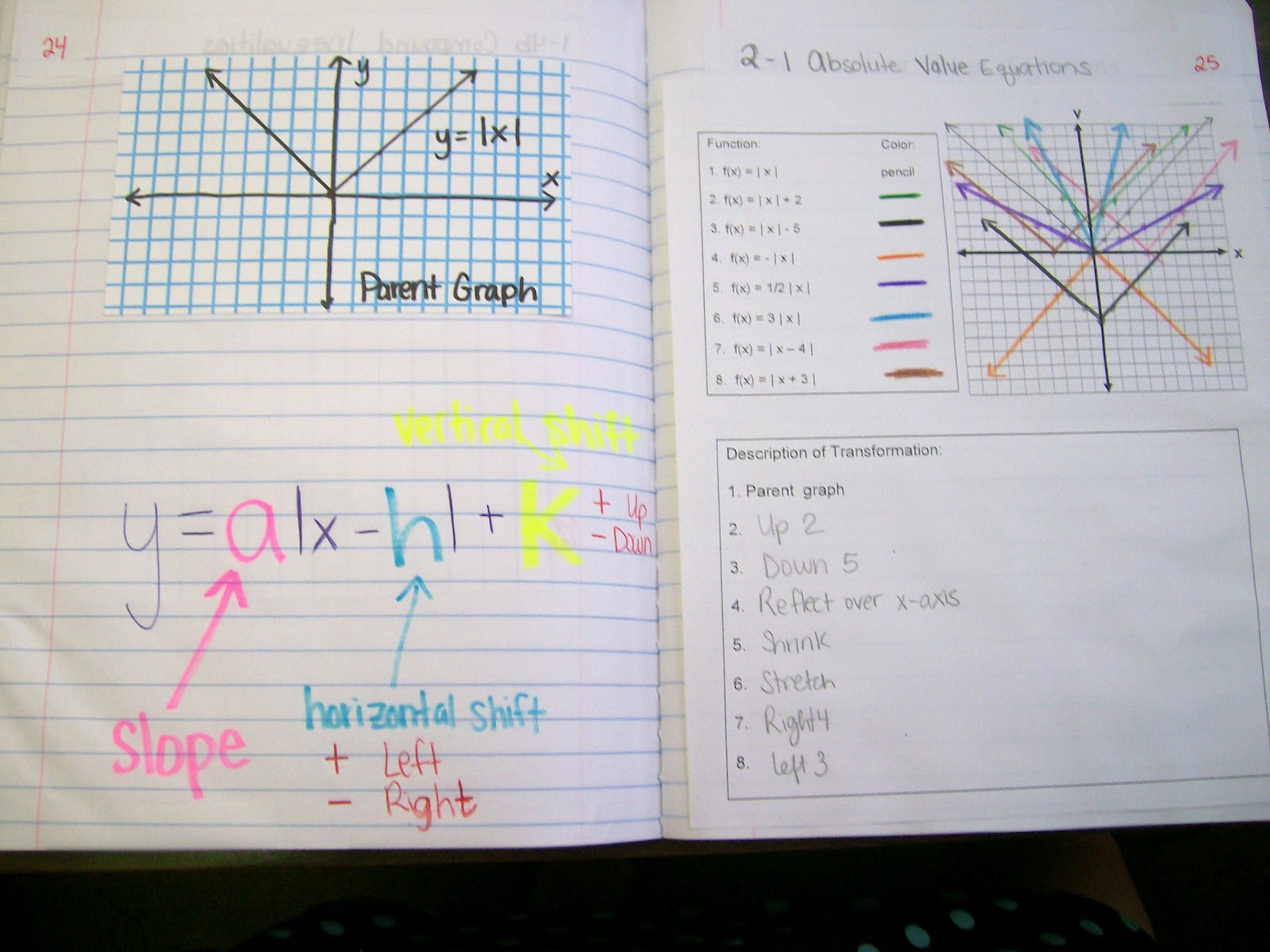End of Year Activities for Math Class
This blog post contains Amazon affiliate links. As an Amazon Associate, I earn a small commission from qualifying purchases.
Finish the year strong with this collection of end of year activities for math class. These fun end of year math activities will keep students’ brains active until the very last day.
The activities included here can be used with students at almost any grade level including upper elementary school, middle school, and high school.
Are you tasked with teaching summer school? These activities would also make a great addition to any summer school math curriculum!
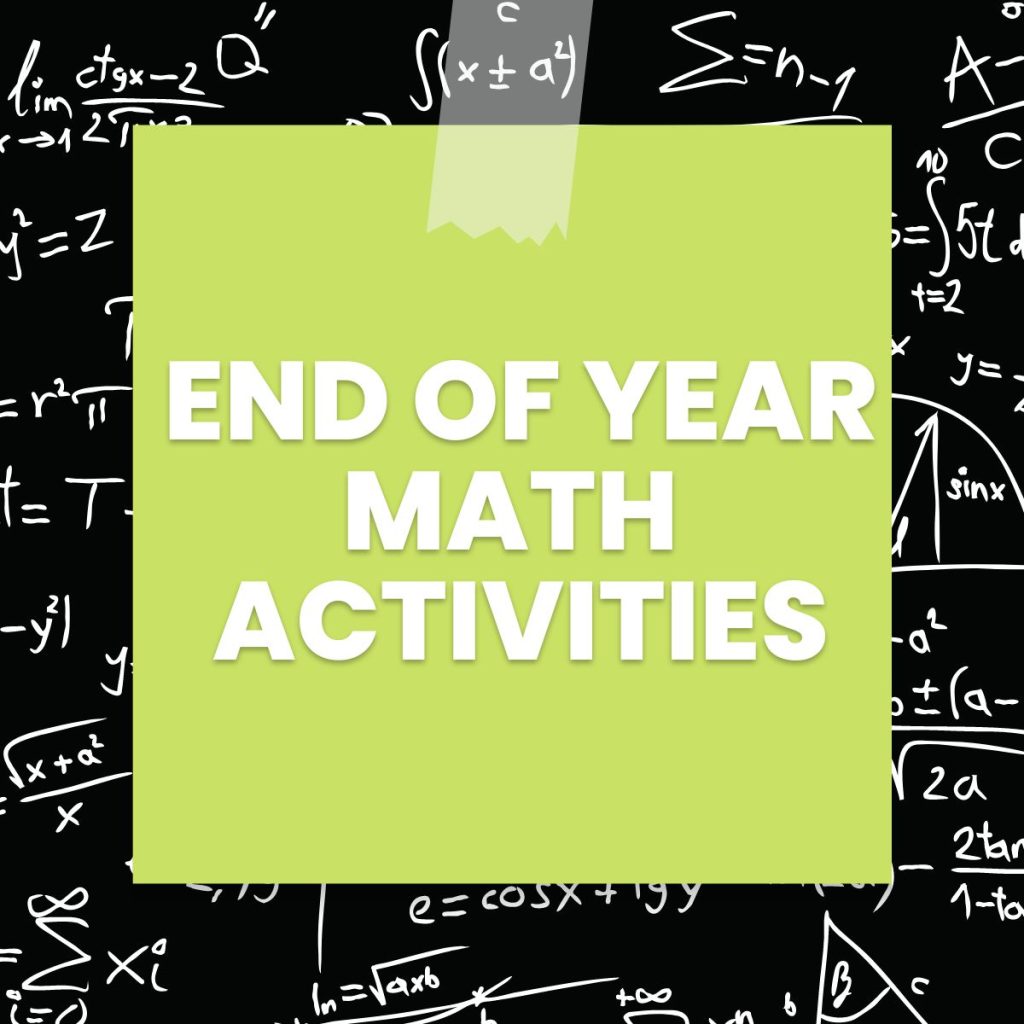
Here in Oklahoma, the school year has come to an end. Given that some states still have a month or so left of school, I guess it’s not too late to share this round-up of end of year activities for math class.
The last few weeks of school are filled with awards assemblies, fun days, final exams, and technology turn-in days. Though I try to continue teaching content as long as possible (much to my students’ dismay), I still find myself needing a fair number of one-off lessons to keep students engaged and occupied on those days when I only end up seeing one or two of six classes on a given day.
Over my last ten years in the classroom, I’ve put together quite a list of different end-of-year math activities, so I decided it was time to put them together all in one place here on my blog.
With 54 different things to choose from, I can almost guarantee that you will find the perfect end of year math activity for your class somewhere in this post.
STEM Building Challenges
These STEM building challenges are a fun way to get students working in small groups toward a common goal while practicing perseverance.

Impossible Domino Tower
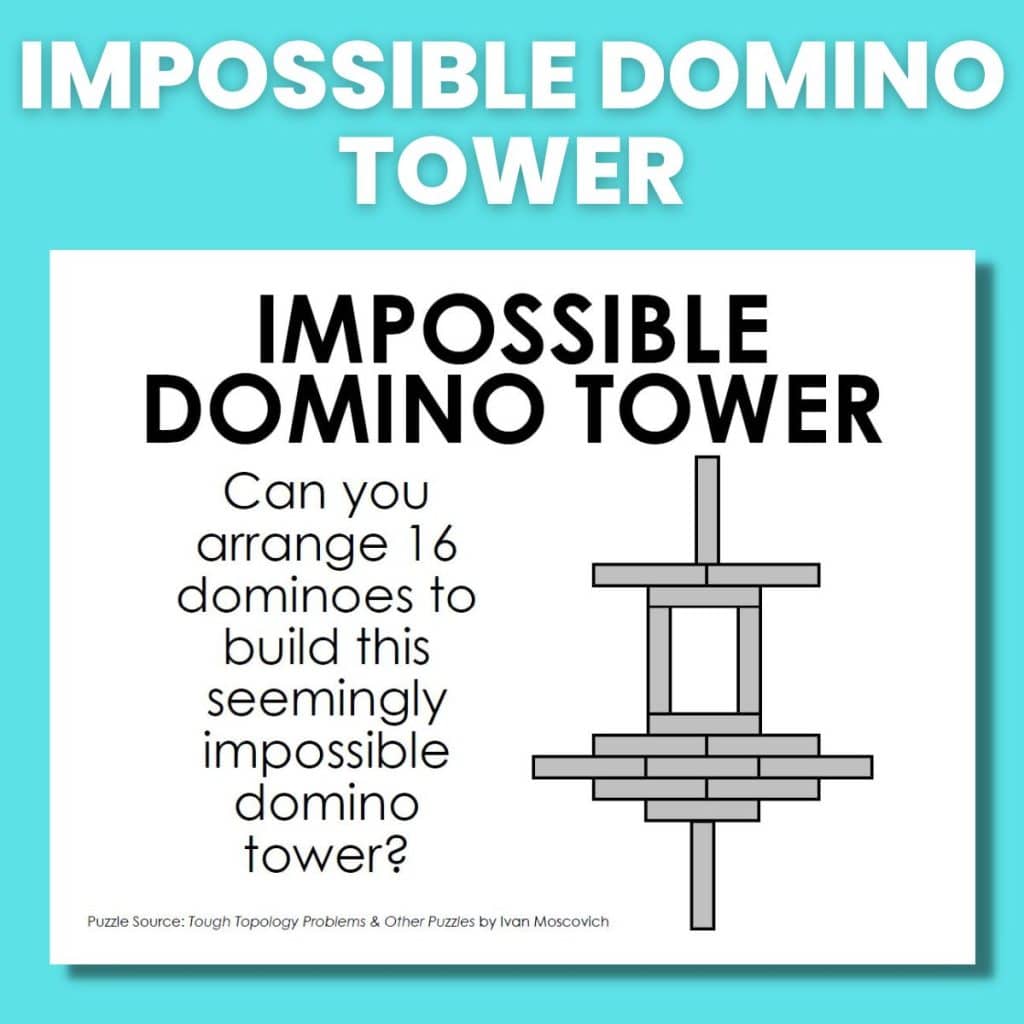
If you have access to a box of dominoes, you can definitely keep students busy for a while with the Impossible Domino Tower challenge from Ivan Moscovich.
The challenge is definitely not impossible, but it will definitely appear that way to students at the beginning. I love watching students tackle this STEM building challenge as they try different approaches.
Impossible Domino Bridge
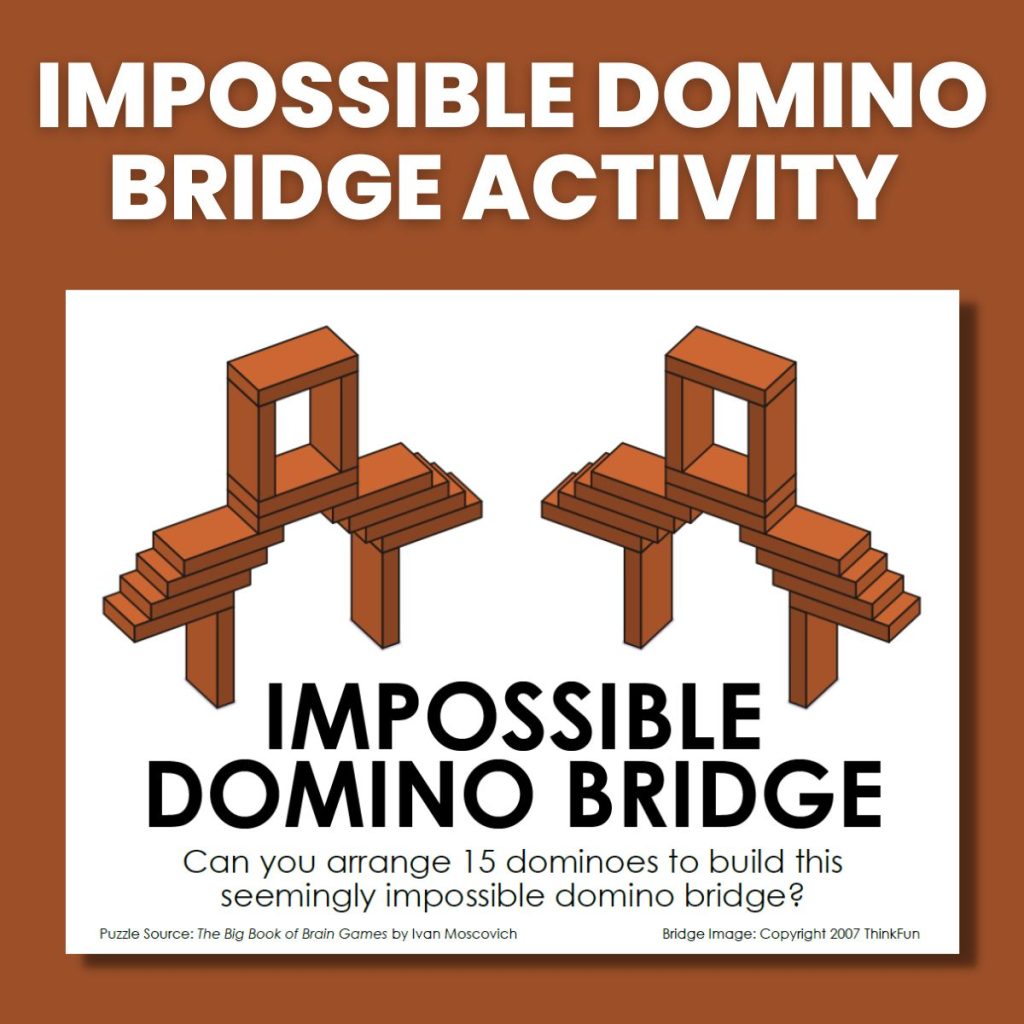
The Impossible Domino Bridge is similar to the Impossible Domino Tower challenge. This challenge also comes from Ivan Moscovich, and it only requires a box of dominoes for students to complete.
Marble Roller Coasters
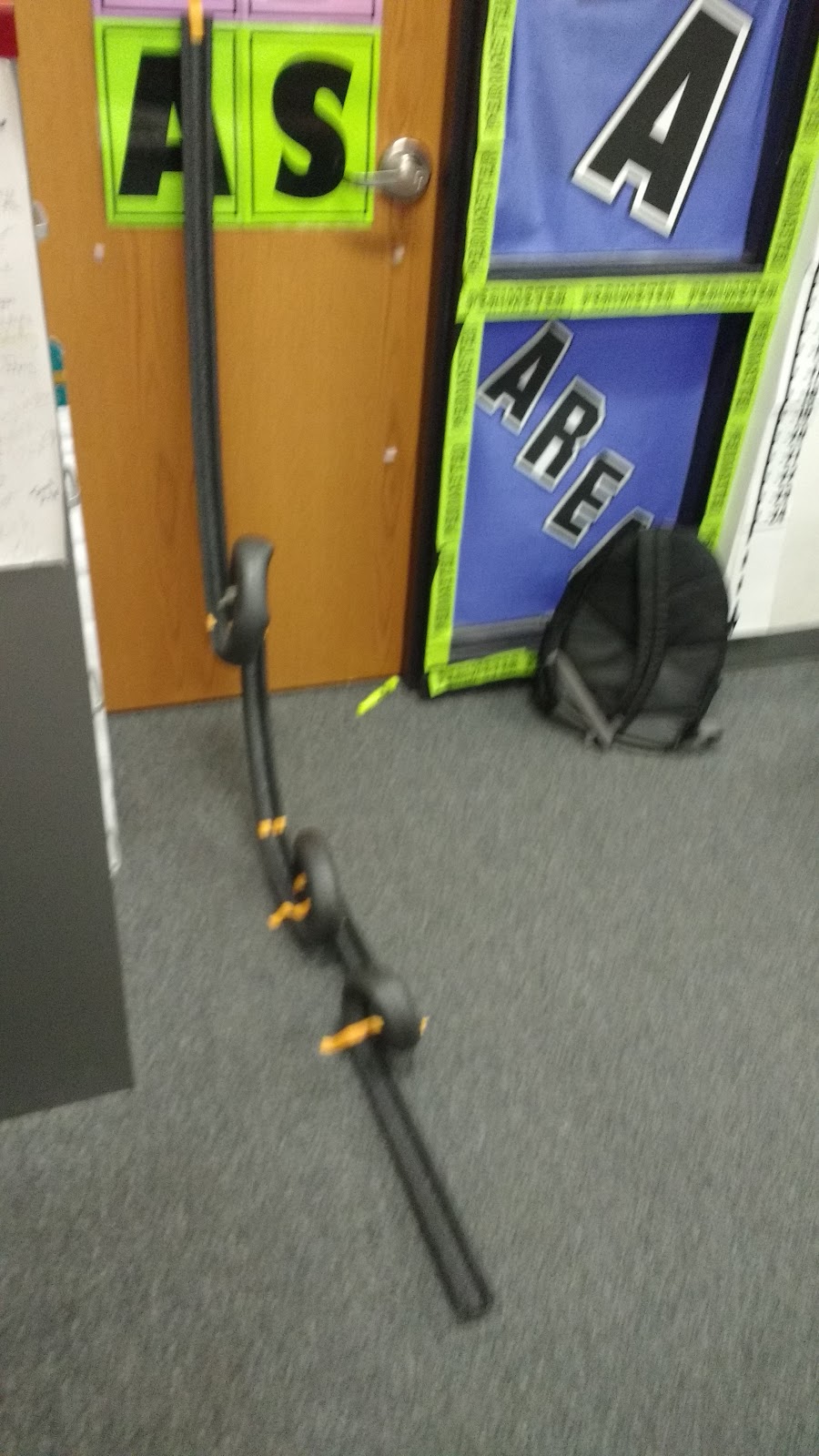
Years ago, when I was teaching physical science, I had my students build marble roller coasters using pipe insulation (super cheap at a hardware store like Lowe’s), marbles, and tape.
This would make a great end of year activity as well. Students love the thrill of trying different designs and seeing what sort of crazy designs they can create.
Stellated Icosahedron Straw Art
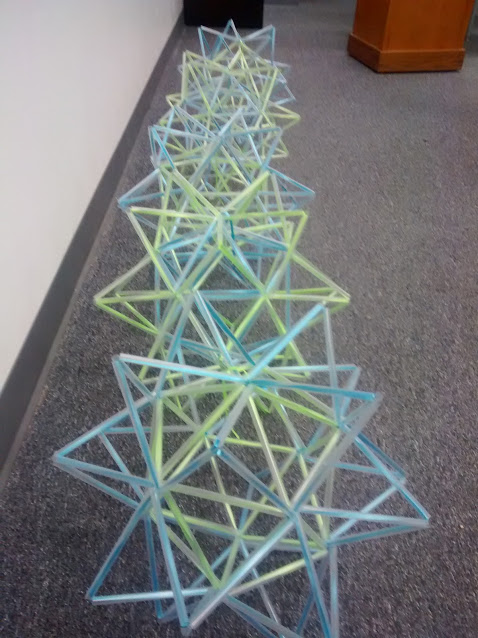
If you want to keep students busy for an extended period of time, challenge them to build stellated icosahedrons from clear plastic straws and curling ribbon. Janelle Graham shares step-by-step directions and tons of tips for doing this fun hands-on project with your students.
Marshmallow Challenge

I typically use the Marshmallow Challenge with students as a team-building activity at the beginning of the year, but it would also make a great STEM building challenge for the end of the school year as well.
bHow tall of a tower can your students build using spaghetti and tape? Oh, did I mention that the tower needs to support a marshmallow at the very top?
Games
If you have a collection of board games in your classroom, the end of the school year is definitely a great time of year to pull them out. These games make awesome end of year math activities because students won’t even realize they are learning new things!
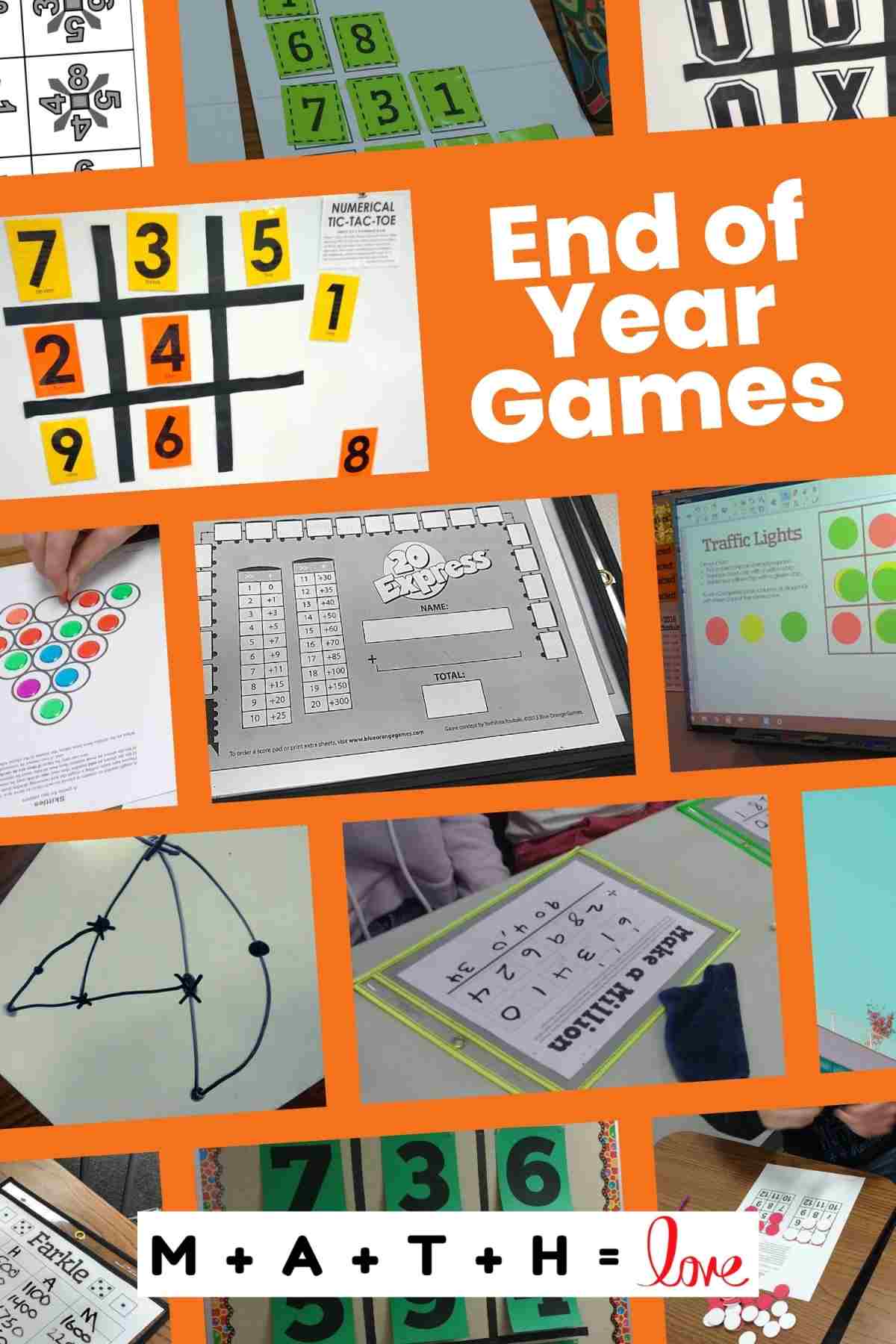
Train Game
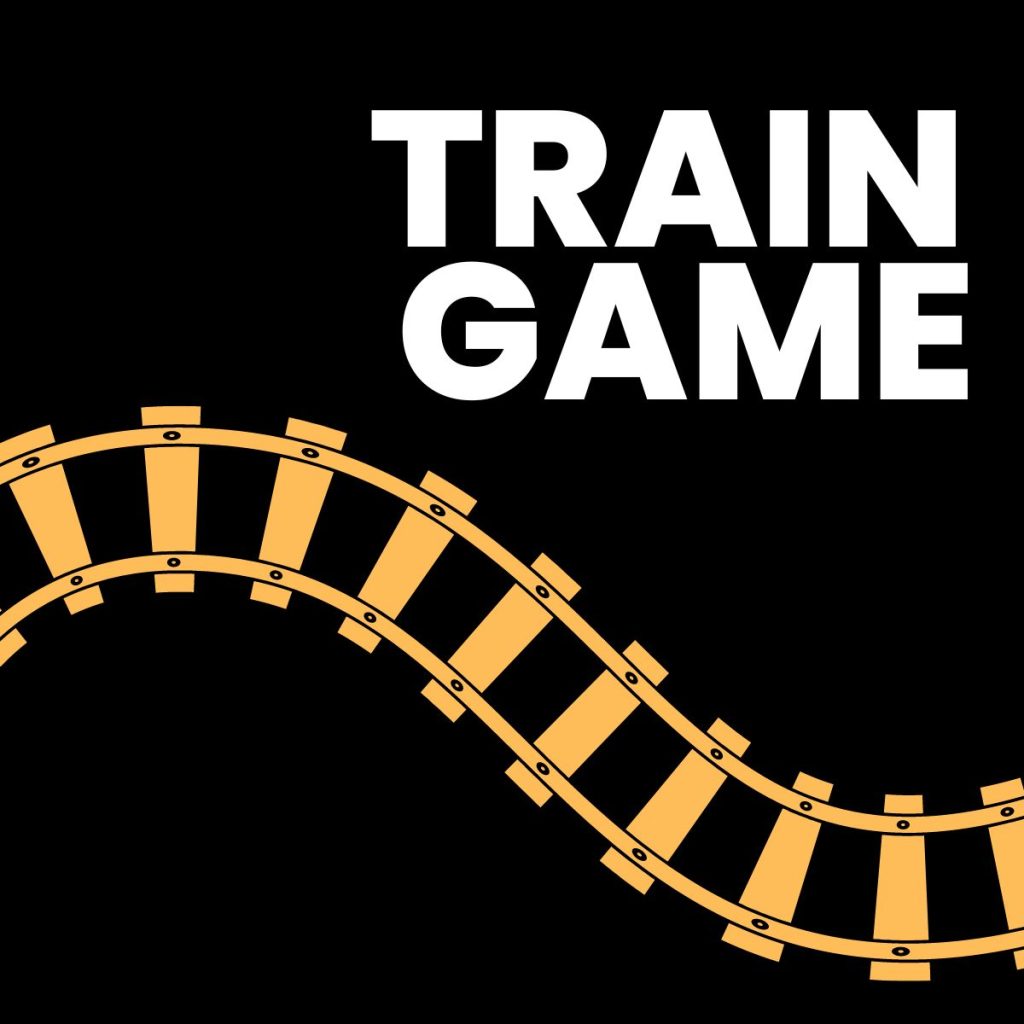
The Train Game (20 Express) is one of my go-to activities for the first week of school. If you played this game with students at the beginning of the year, it would be a lot of fun to revisit the game again at the end of the school year.
If you didn’t play the game with students, the end of the school year is the perfect time to introduce a new game. I use dry erase pockets with the game boards so that I only have to print a single class set of game boards.
Left Center Right Dice Game
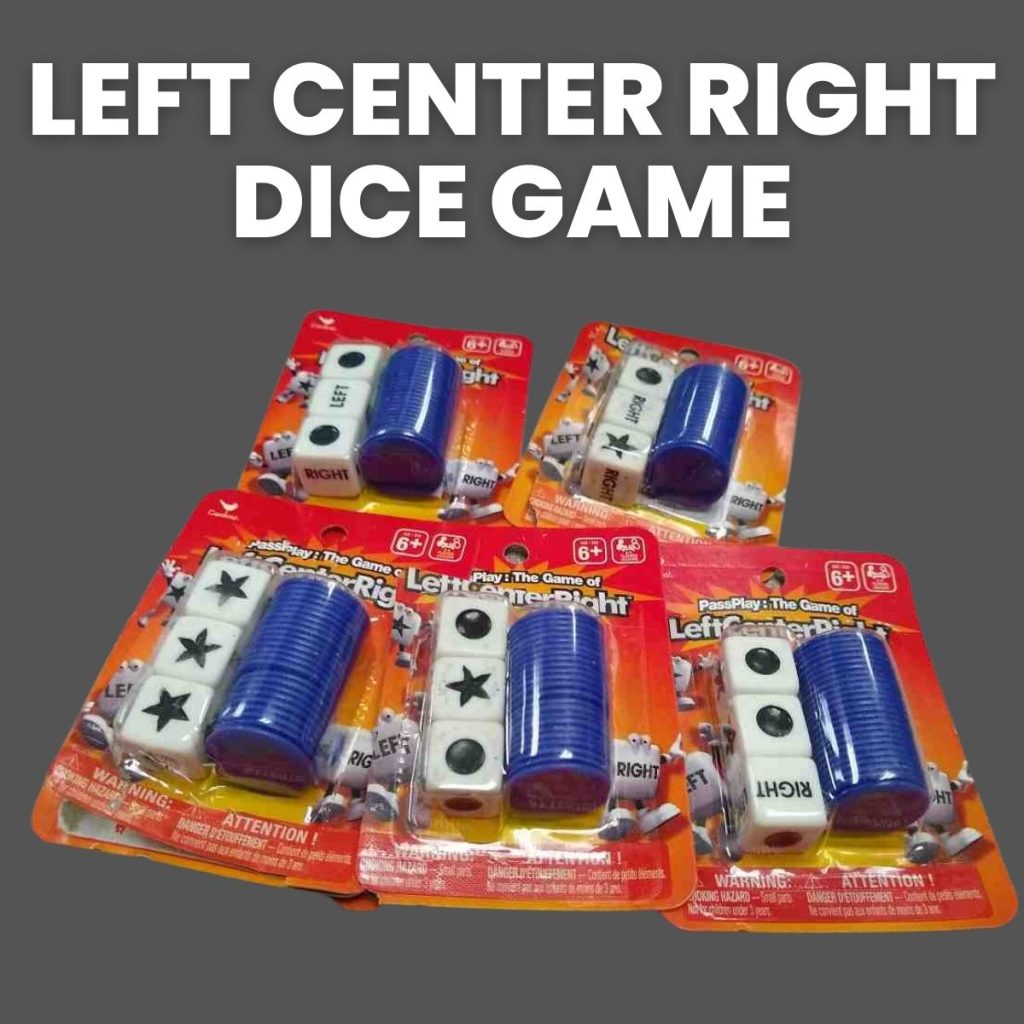
Left Center Right was first published by George & Company LLC in 1992. It is an entirely luck-based dice game for groups of three or more players. I received a copy of the game several years ago for a gift, and I have been using it in my math classroom ever since then!
Make a Million Math Game
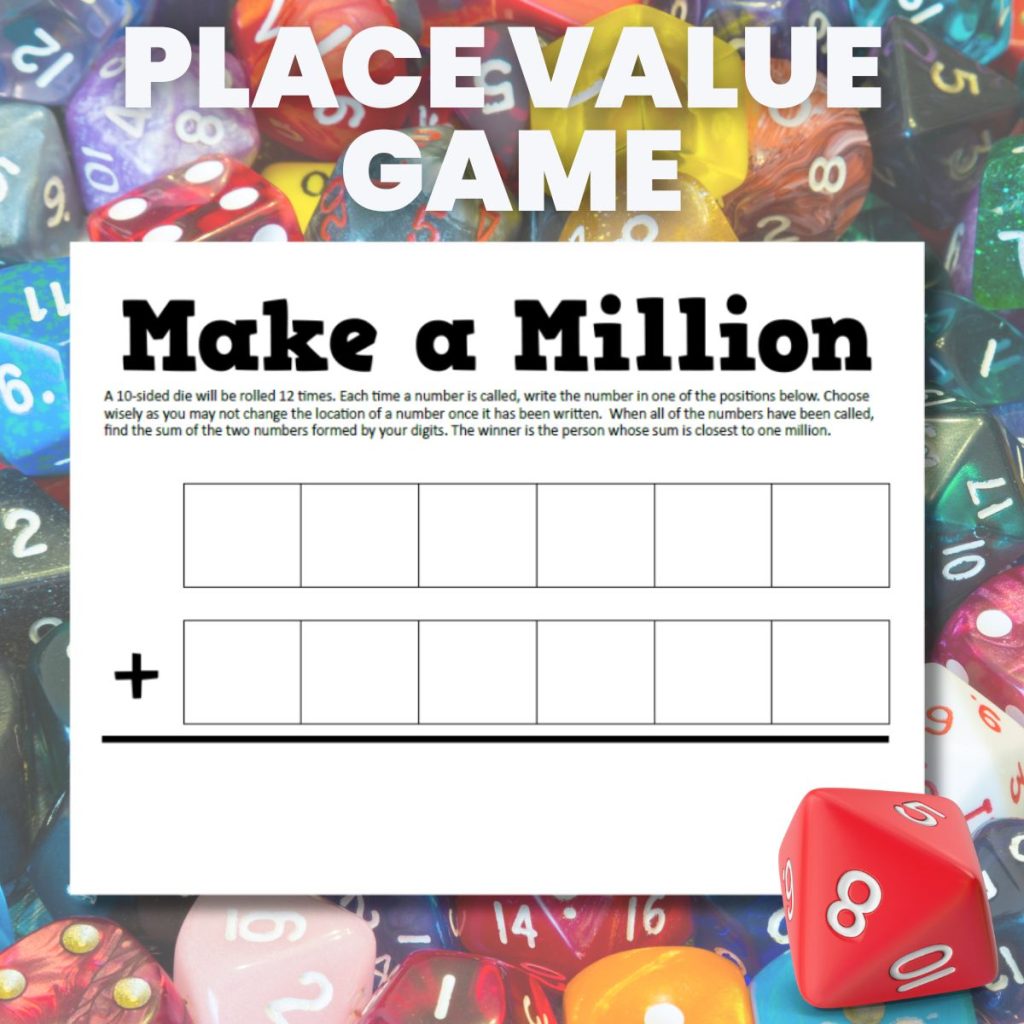
Julie Morgan’s Make a Million Game is a fun dice-based game that encourages critical thinking about place value. You will need a 10-sided die in order to generate the digits for students to place on their game boards.
Like the Train Game, I print a class set of game boards and give them to students in a dry erase pocket.
Traffic Lights Game
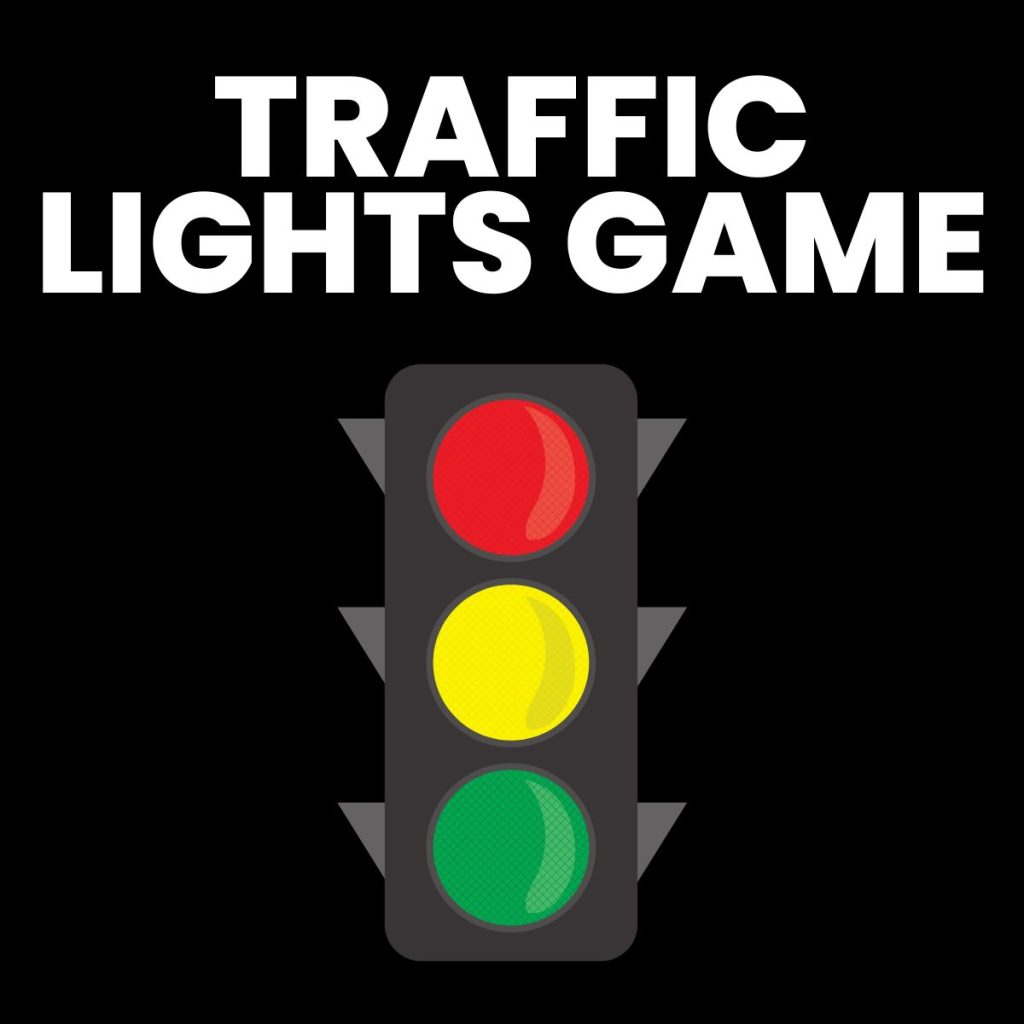
Traffic Lights is a fun game from NRICH which is easy to teach students but hard to master. You will need red, yellow, and green bingo chips for students to play with. You could also cut up sheets of red, yellow, and green paper to make playing pieces if you need to.
The Game of SET
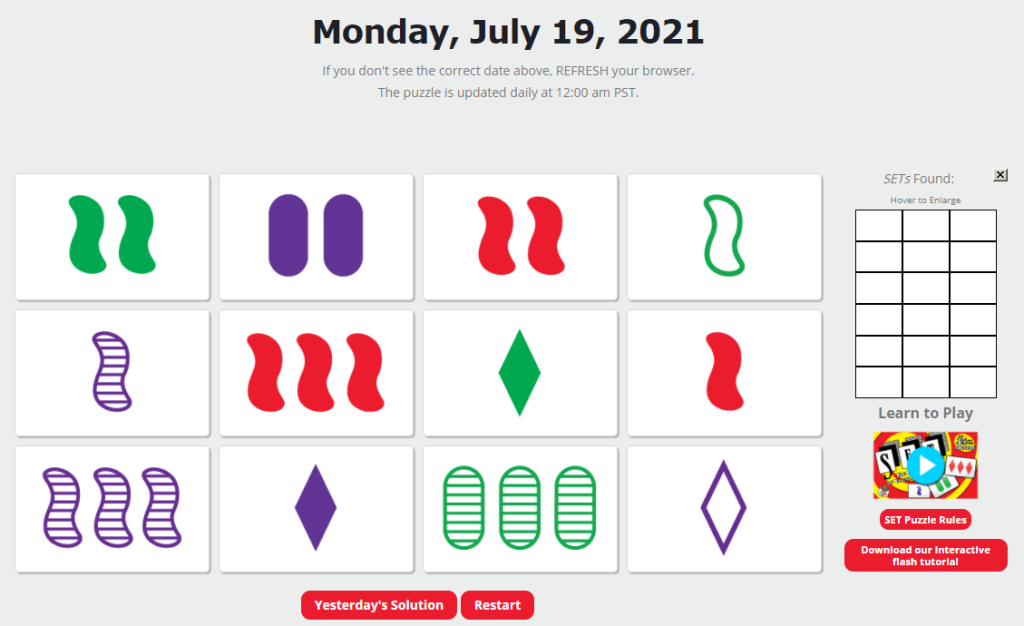
During the next to last week of school this year, I taught my statistics students to play the Game of SET. I originally learned how to play at a Math Teachers’ Circle event.
The rules can be a bit tricky for students to wrap their minds around at first, but Greta Bergman’s Desmos Activity Builder introduction to the Game of SET is brilliant!
Sprouts
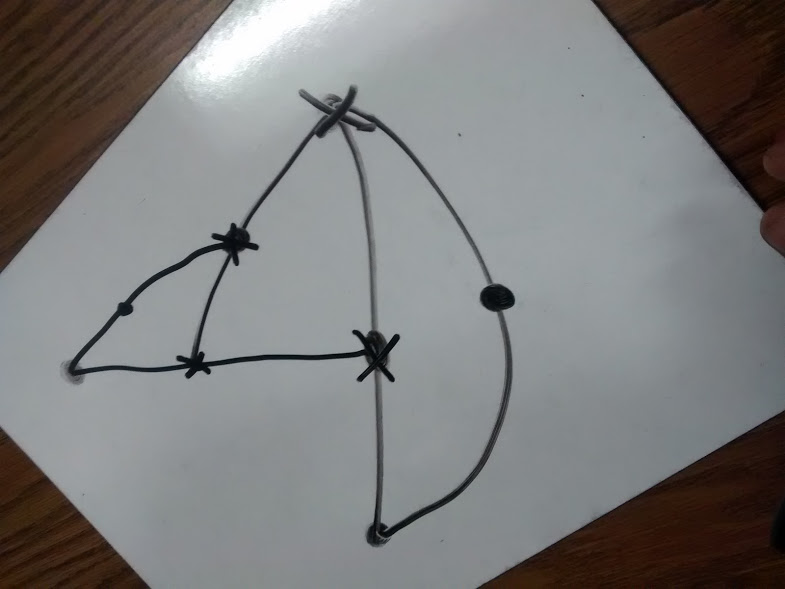
Sprouts is a fun paper-and-pencil math game, but I usually teach my students to play Sprouts with individual dry erase boards. Students love competing against one another in this simple game that only involves drawing dots and lines.
Cover Up Game
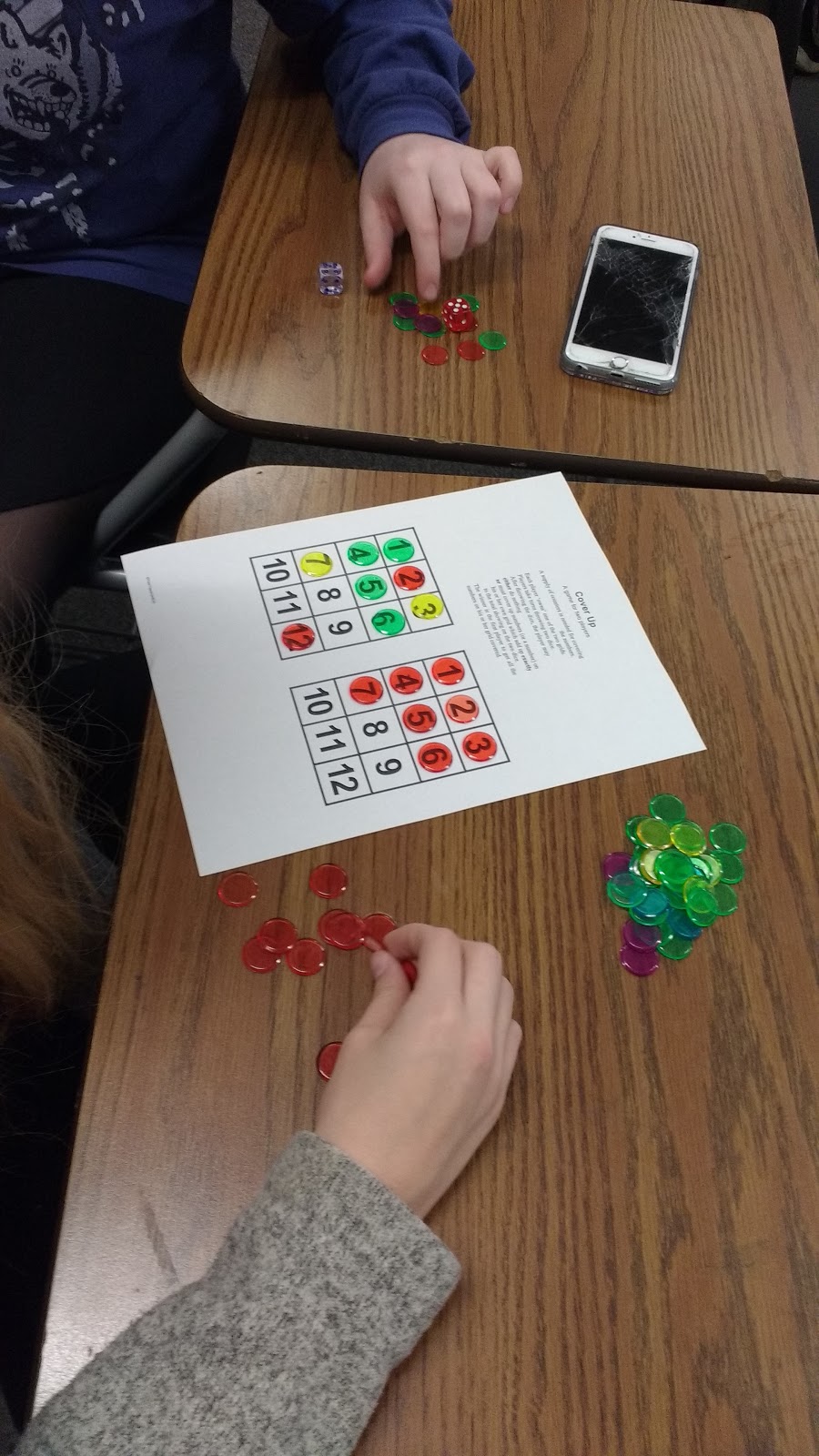
Cover Up is a free printable dice-based game from Frank Tapson. Students play against one another in pairs. Each student gets a game board featuring the numbers from 1 to 12. They must race to roll the dice and be the first to cover up their entire game board with either bingo chips or two-colored counters. This game would make a great addition to a unit on probability or as a stand-alone game at the end of the school year.
Skittles Game
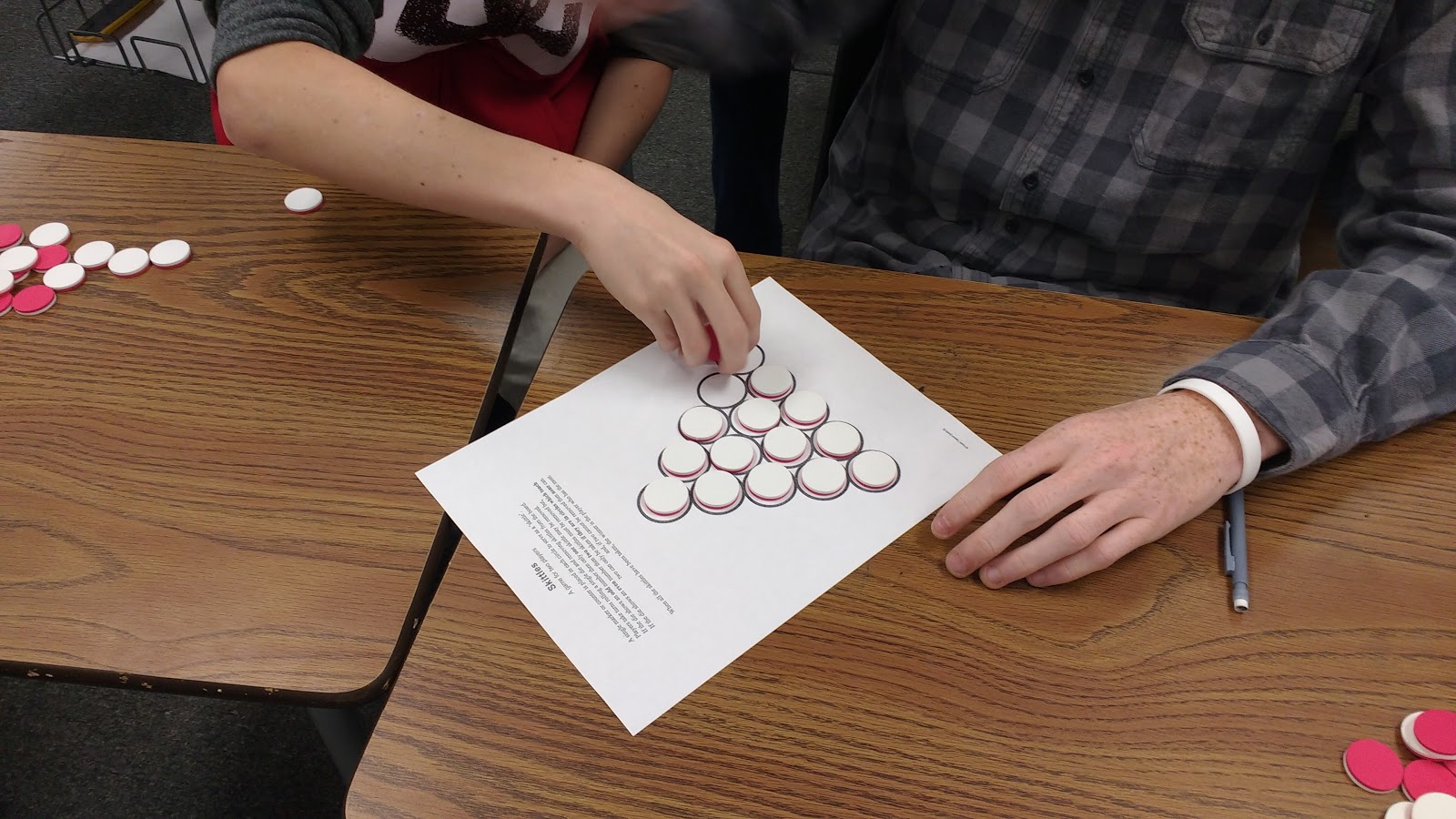
Skittles is another fun two-player game from Frank Tapson. Like Cover Up, the game of Skittles also involves rolling dice. However, the students must share a game board, and the goal of the game is to remove the most counters (I typically use bingo chips) from the game board.
Manifest Game
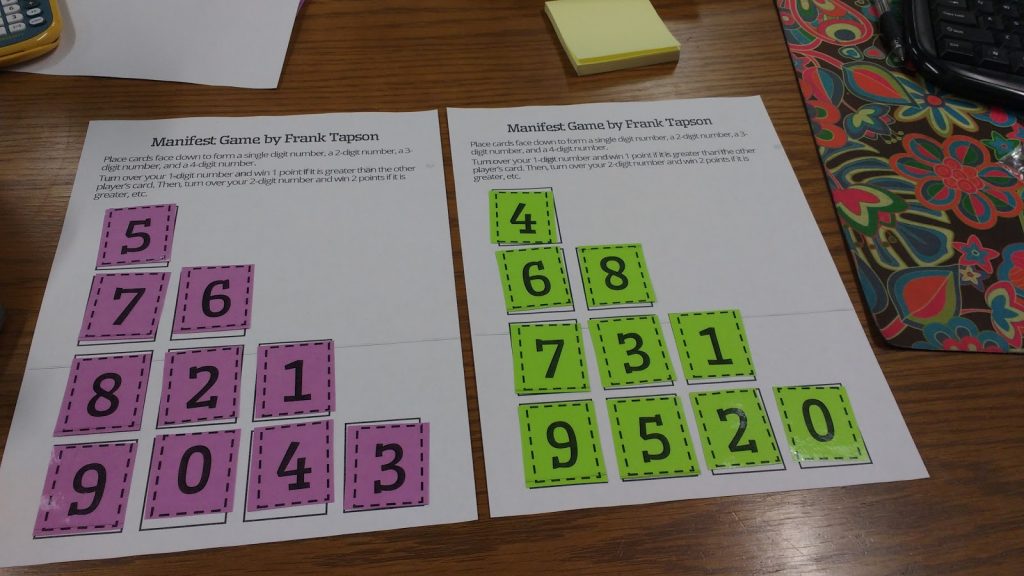
If dice games aren’t your thing, check out this card-based game from Frank Tapson called Manifest. This game is designed for two players, and students must compete to see who can build the largest numbers using the cards in their deck.
The thing I love about this game is that students must make all of their playing decisions at the beginning of the game in secret. Then, they are revealed one at a time to see who wins. This is a very fun strategy-based game that students will beg to play over and over!
Farkle
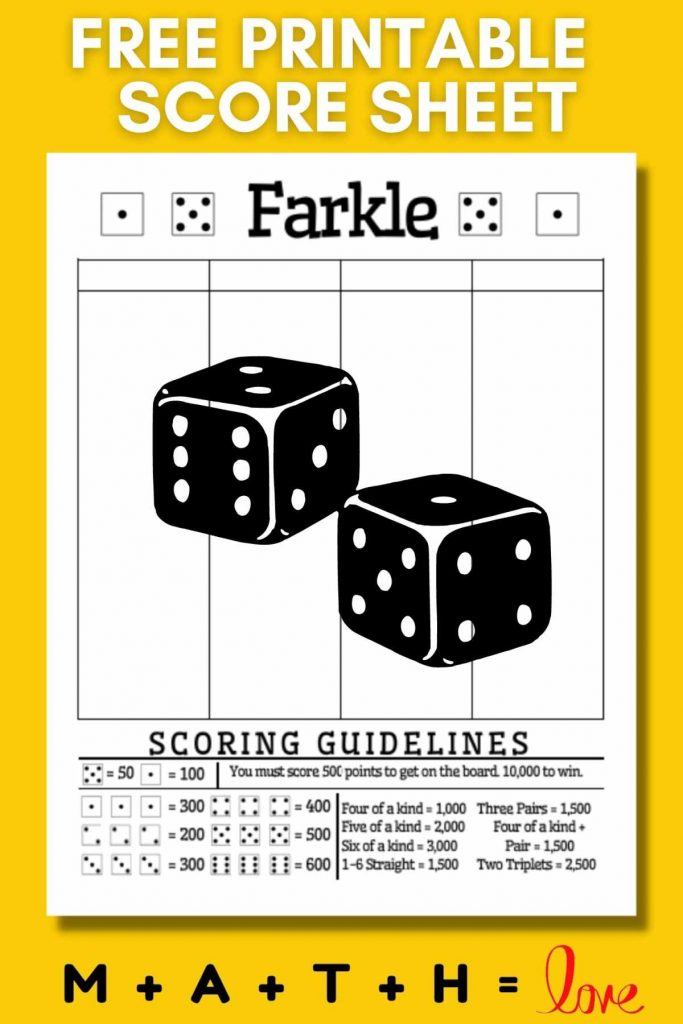
Farkle is one of my favorite dice games to play with family and friends, so it probably isn’t that much of a surprise that I love to teach the game of Farkle to my students each year. I love how few supplies the game requires.
Each group of students will need six dice and a score sheet that I like to print and place in dry erase pockets for easy reusability.
I offer a free printable farkle score sheet on my blog that features a summary of the rules/scoring guidelines at the bottom for easy reference.
Thirteen Game
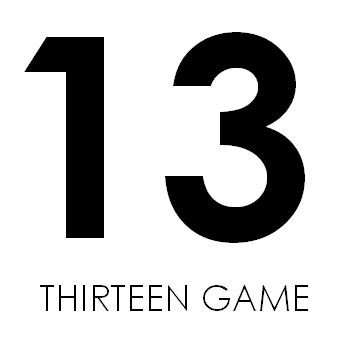
If you are looking for a quick game that involves the entire class at once, look no further than the Thirteen Game! I learned about this game from Julie Morgan, and it has been a hit with my classes ever since. Students must stand in a circle and strategize about how to not end up saying the number thirteen.
Warning: if you teach students to play this game, they will continue to start up games of it on their own whenever there are five random minutes left at the end of class.
5 x 5 Game

Sara VanDerWerf’s 5 x 5 Game is a ton of fun. It only requires a set of printable game boards for students and a deck of playing cards for the teacher. Students love competing to see who can come up with the highest score!
This year, I used Kurt Salisbury’s Desmos Activity Builder version of the game, and I really liked how it made sure how students understood the game’s scoring system before moving onto the actual game!
Game of 24

If you are looking to fit in a bit more mental math practice before the end of the year, check out the Game of 24. Students must race to figure out how to combine the four given numbers to make a target number of 24.
Witzzle
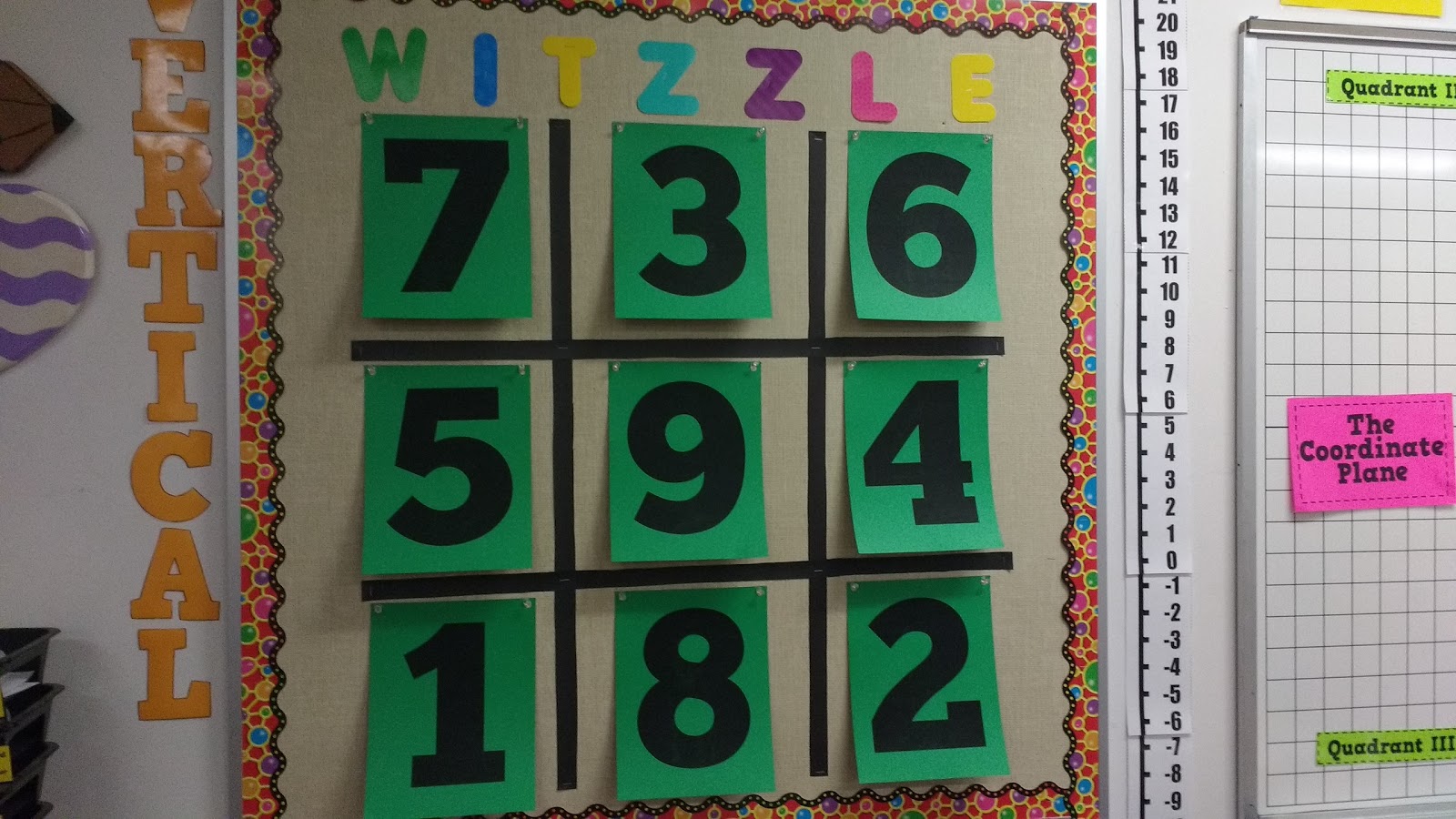
Another favorite mental math game is Witzzle Pro! I love that this game allows you to randomly generate target numbers for students to create using all of the numbers in a row, column, or diagonal of the playing card.
When I offer candy for whoever figures out how to get the target number first, my students become super competitive. I also love that this game allows for negative target numbers!
Some years, I have built an interactive Witzzle bulletin board in my classroom to allow me to play with students anytime we have a few spare minutes. It also works great as a brain break activity!
Jumbo Tic Tac Toe
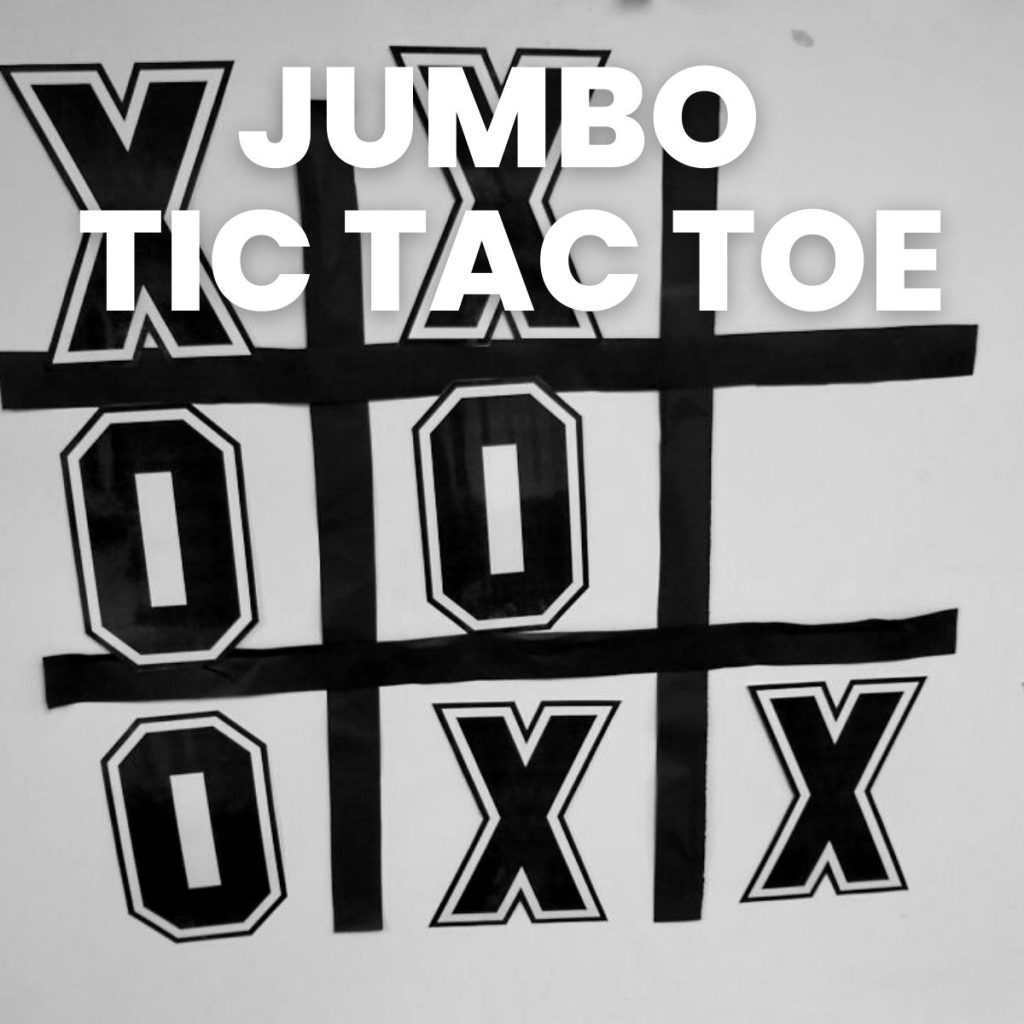
My students love to play tic-tac-toe, so I decided to make a jumbo set of tic-tac-toe pieces (magnetized with disc magnets on the back of each piece) so that students could easily play a game of tic-tac-toe on the dry erase board.
Wild Tic Tac Toe
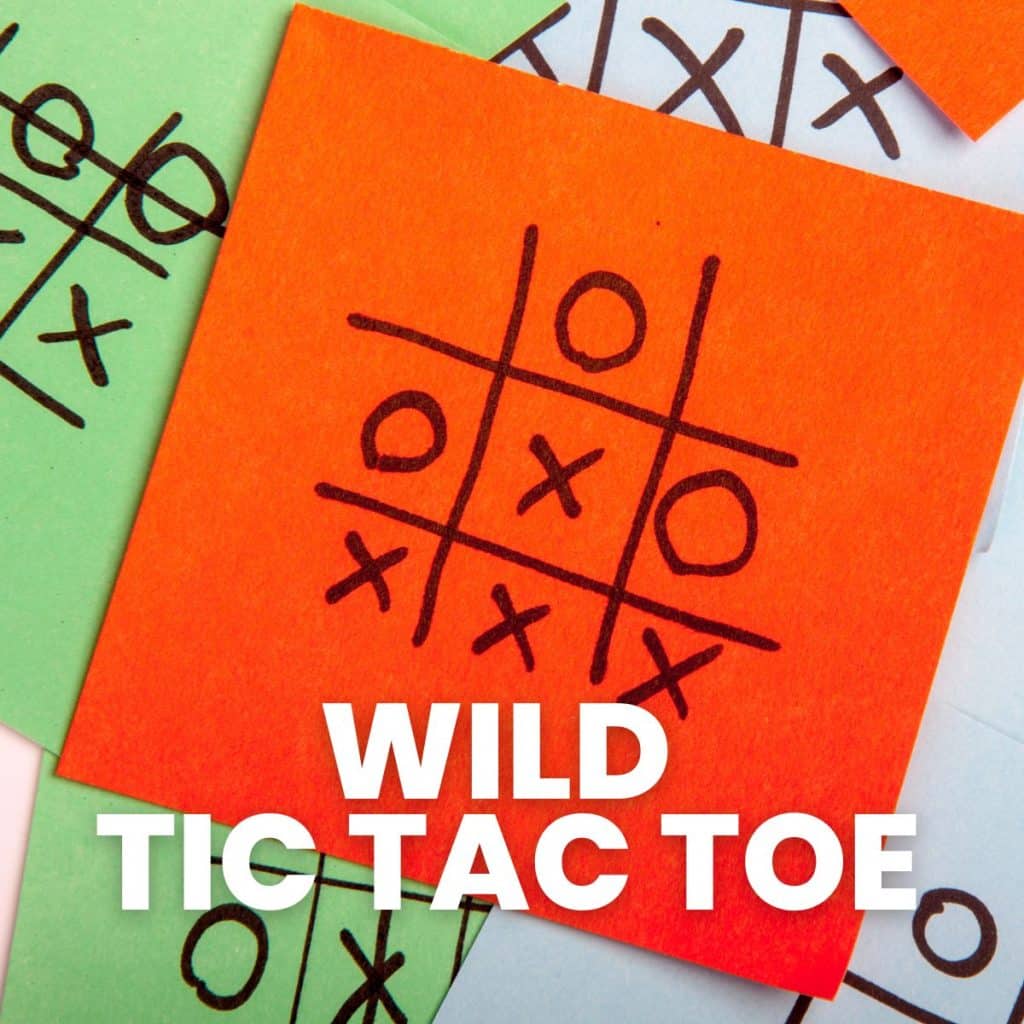
We had so much fun playing with the jumbo tic-tac-toe pieces, that I decided to introduce some tic-tac-toe variants like Wild Tic Tac Toe to my students. They enjoyed trying some new strategies with this familiar game with slightly different rules.
Tic Tac Toe Dice Game
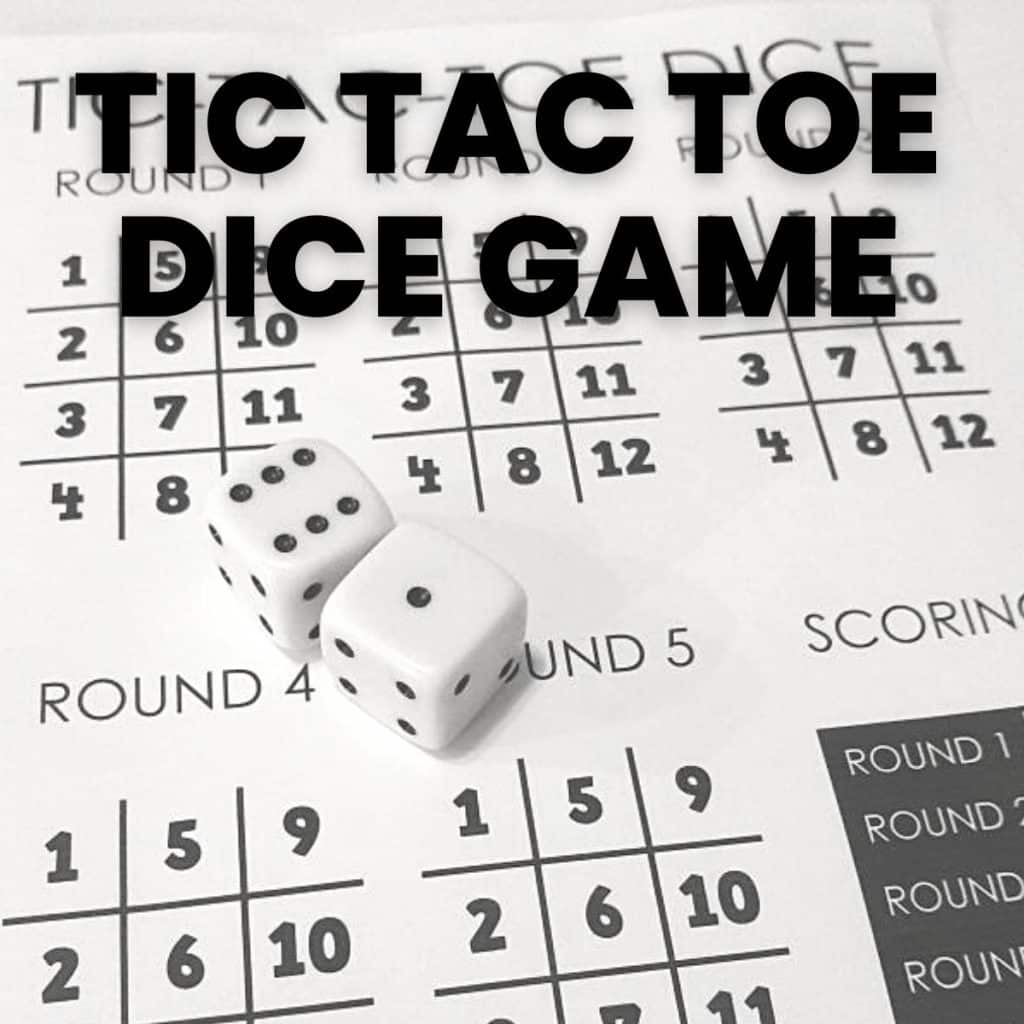
While searching for different tic tac toe variants, I also ran across this fun tic-tac-toe dice game to share with you all.
Numerical Tic Tac Toe
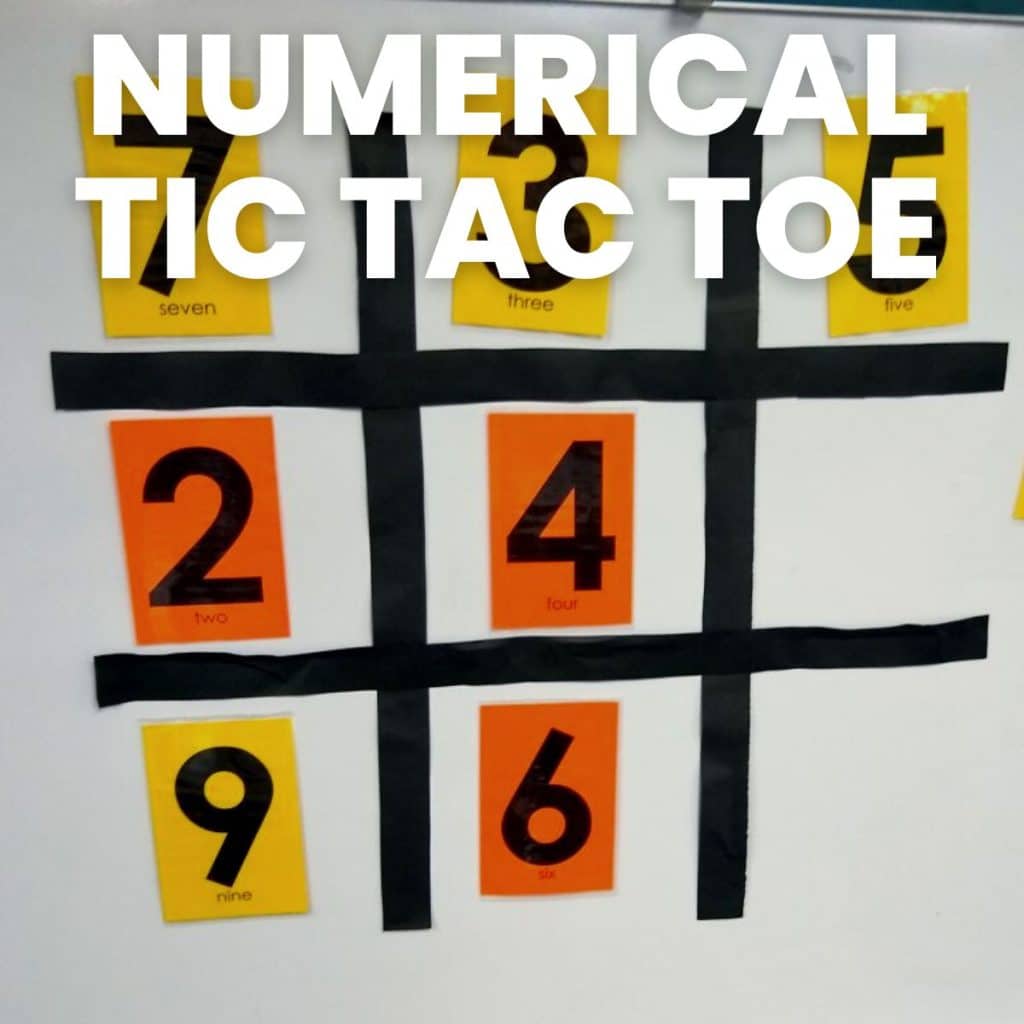
This tic-tac-toe variant is perfect for math class since it involves numbers instead of X’s and O’s.
Circle Tic Tac Toe
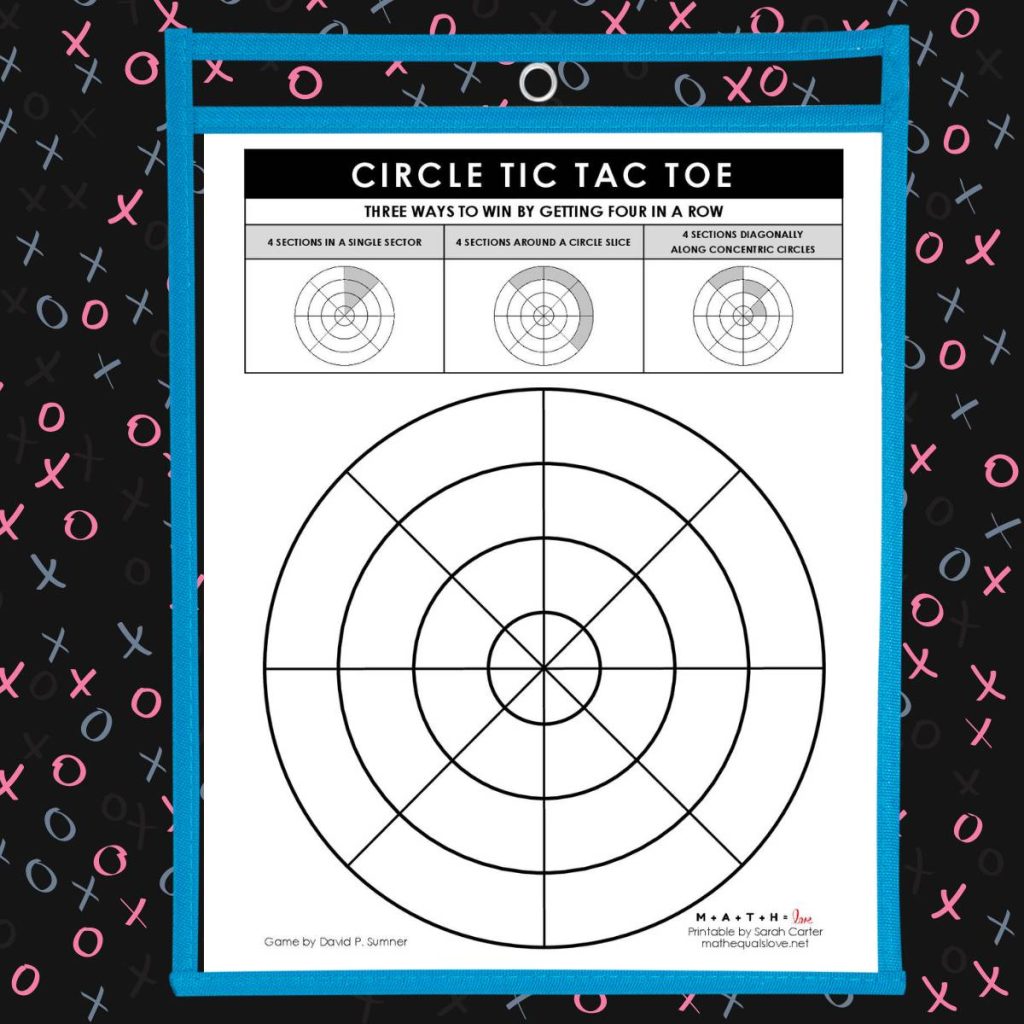
Circle Tic Tac Toe is a fun twist on classic tic-tac-toe. It is played on a circular grid, and there is an added challenge of getting four in a row instead of three. With three different ways to win, this game is sure to be a fun and engaging challenge.
Ultimate Tic Tac Toe
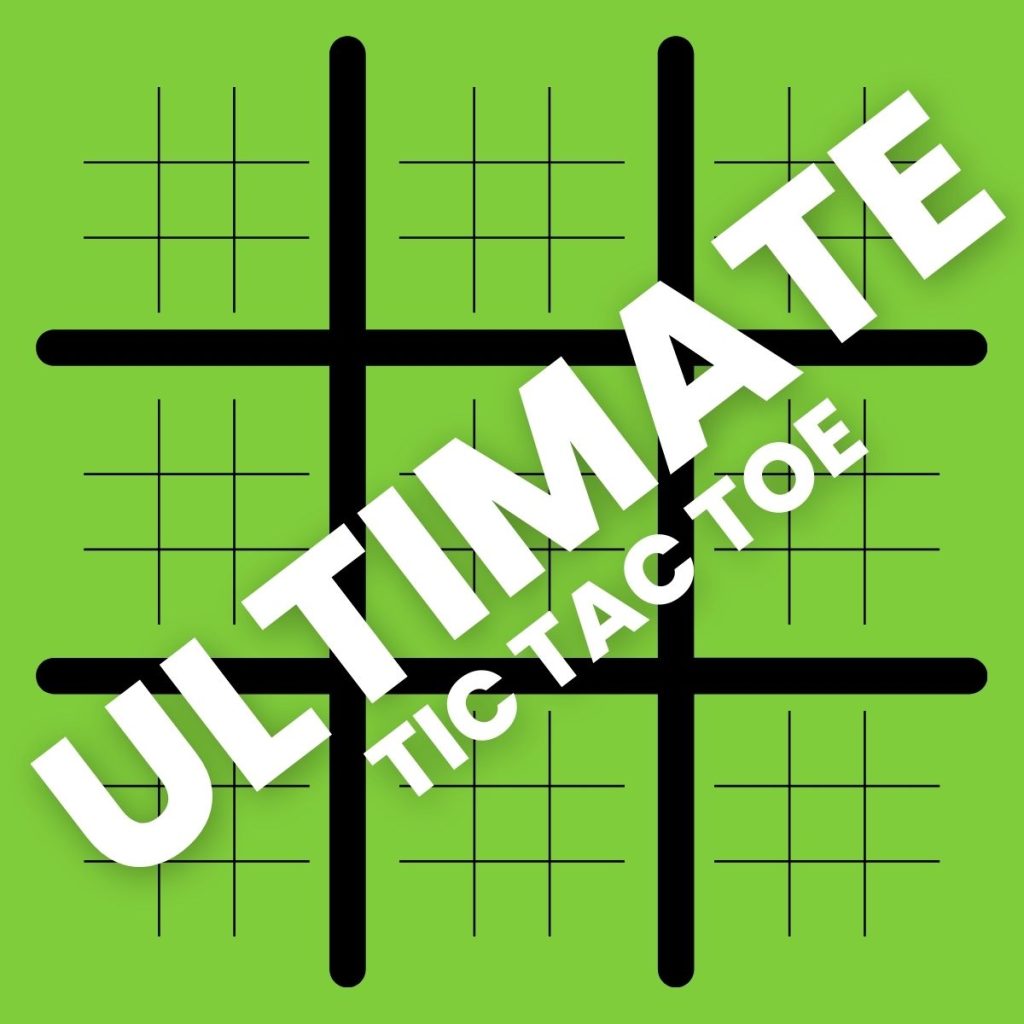
Tired of regular, old tic tac toe? Take things up a notch with this free printable PDF template for Ultimate Tic Tac Toe. Challenge your students, friends, or family with this strategic twist on the classic game.
Brainteasers
Brain teasers are a fun way to close out the school year. You can choose brain teasers which relate to a specific math concept or you can use them as a fun brain break after state testing. Here are some of my favorite brainteasers to use with students during the final weeks of the school year.
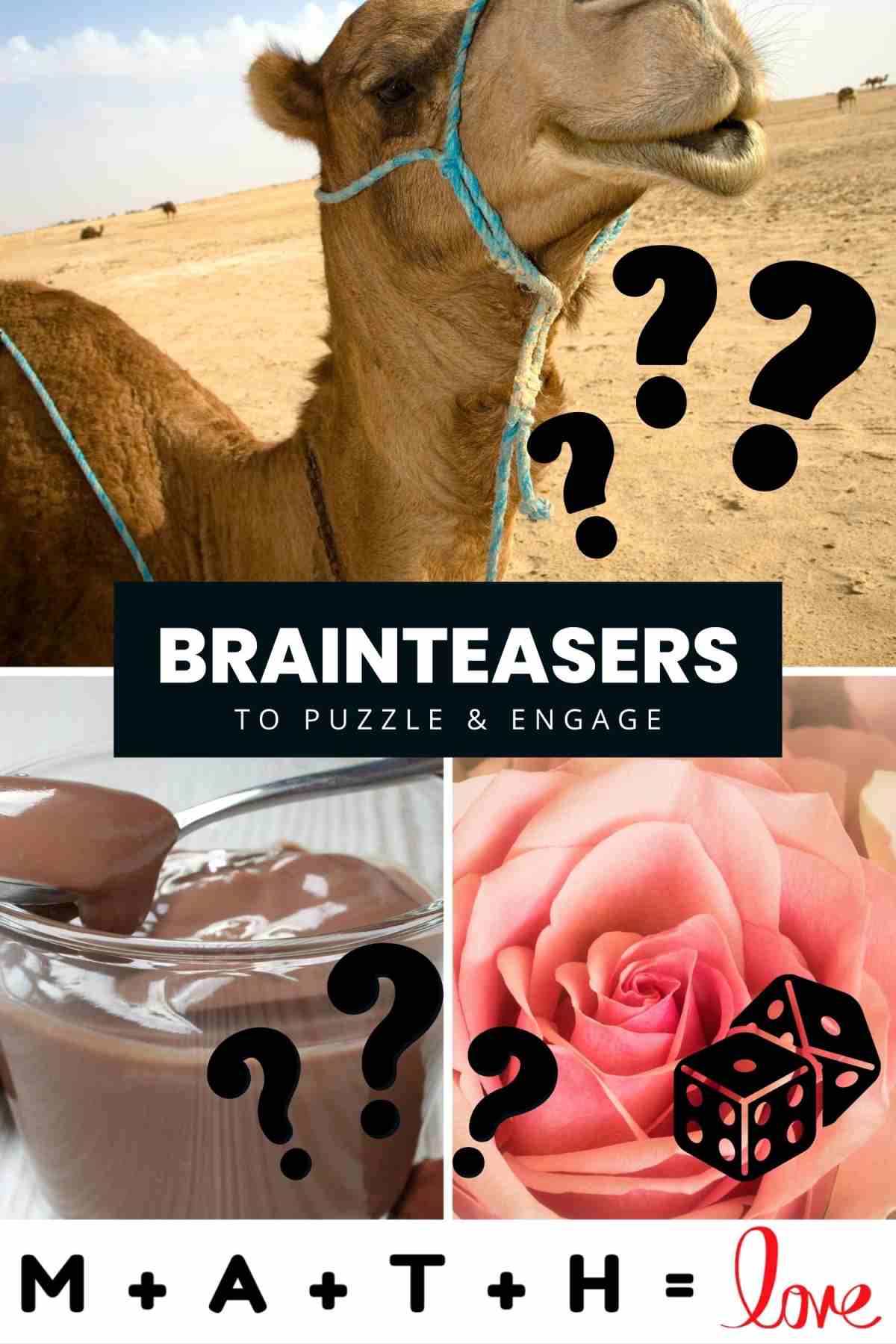
Likes and Dislikes Brainteaser
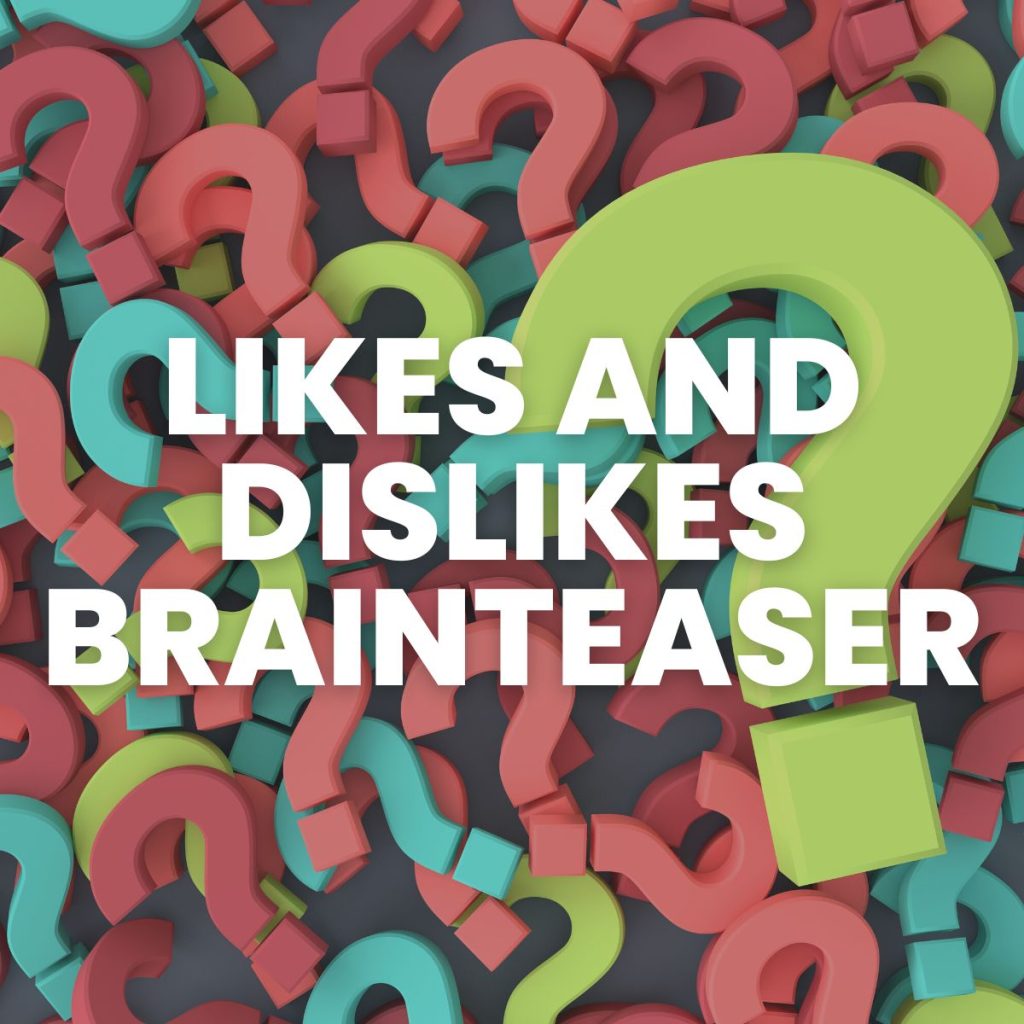
I like jelly, but I don’t like jam. I like food, but I don’t like eating. I like soccer, but I don’t like sports. I like puzzles, but I don’t like brainteasers.
Can you and your students figure out the secret to what I like and dislike in this fun brainteaser?
Petals Around the Rose
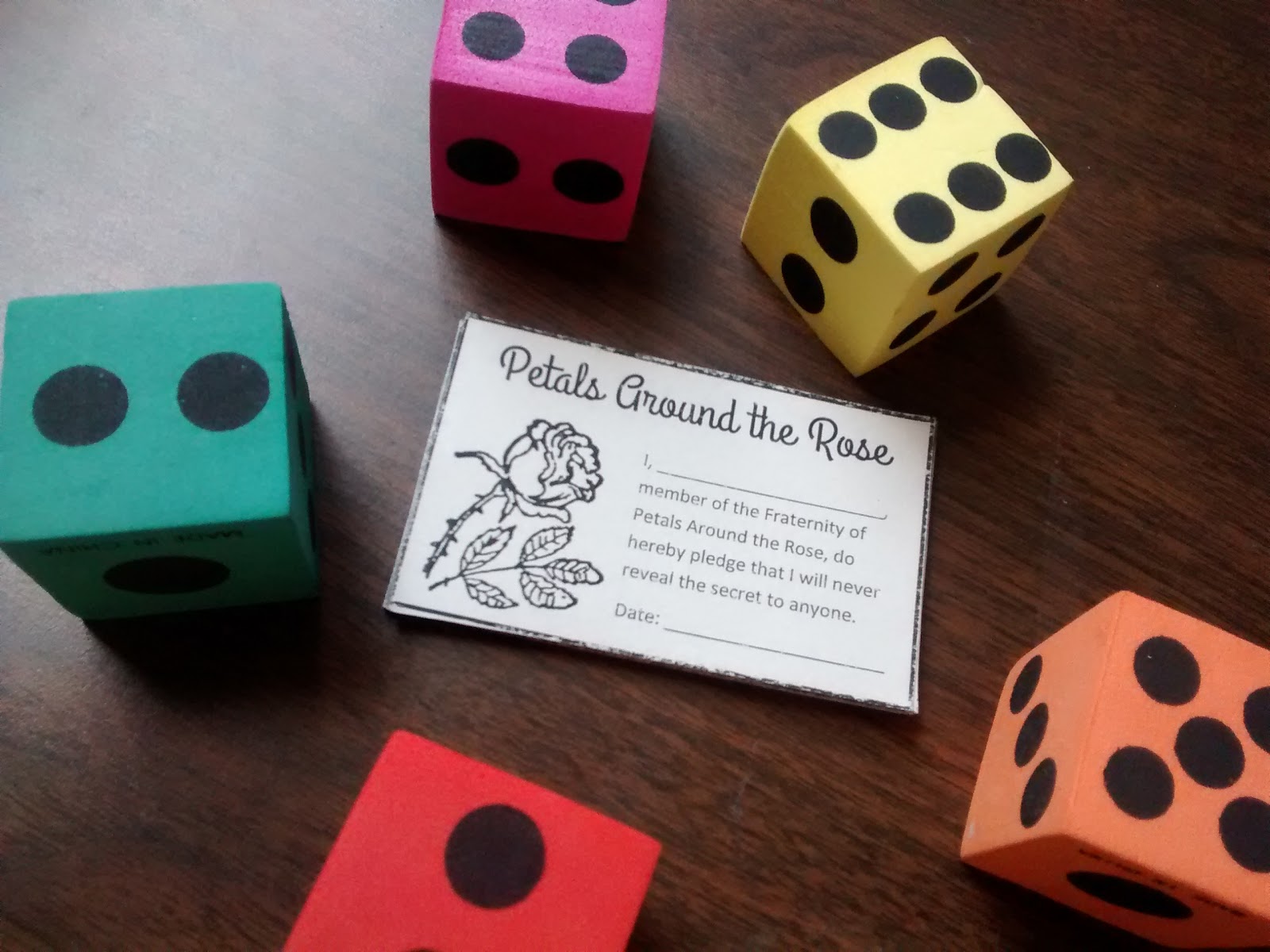
One of my most favorite brainteasers is Petals Around the Rose. The only supplies you need to introduce students to this perplexing puzzle is a set of five dice.
This is one of my go-to activities for the first week of school, but it is perfect for any time during the school year.
Camel Crossing the Desert Puzzle

I discovered this camel crossing the desert puzzle for the first time in the Discovering Algebra textbook. But it wasn’t until I later attended a math teaching workshop that I finally set down and played with the puzzle. This brainteaser is easy to explain, but your it will drive your students crazy for possibly multiple days!
The Proof is in the Pudding Brainteaser

Another fun brainteaser is called “The Proof is in the Pudding.” Can your students decipher the clue given to the census taker to determine how old the man’s children are? This is one of those puzzles that seems like it doesn’t give you enough information, but I promise it does!
Paper and Pencil Puzzle Packets
These printable puzzle packs are perfect for both middle school students and high school students. These puzzles provide a great way to practice problem solving skills. If your students really get into the puzzles, you can even send them home extra sets of puzzles to work on over summer break.

Last Day of School Hidden Word Puzzle
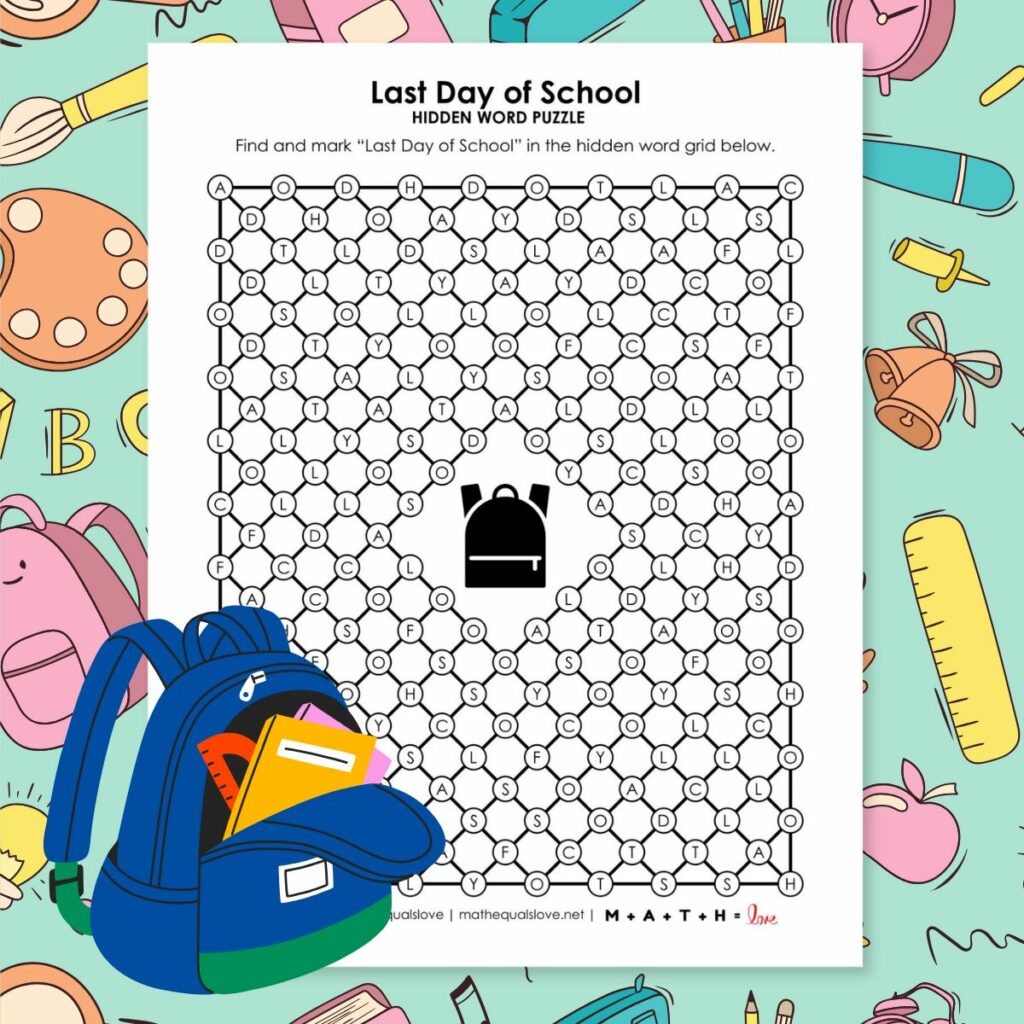
Celebrate the last day of school with this fun hidden word puzzle! Search through the grid of letters to find a path that spells “Last Day of School.”
Summer Break Hidden Word Puzzle
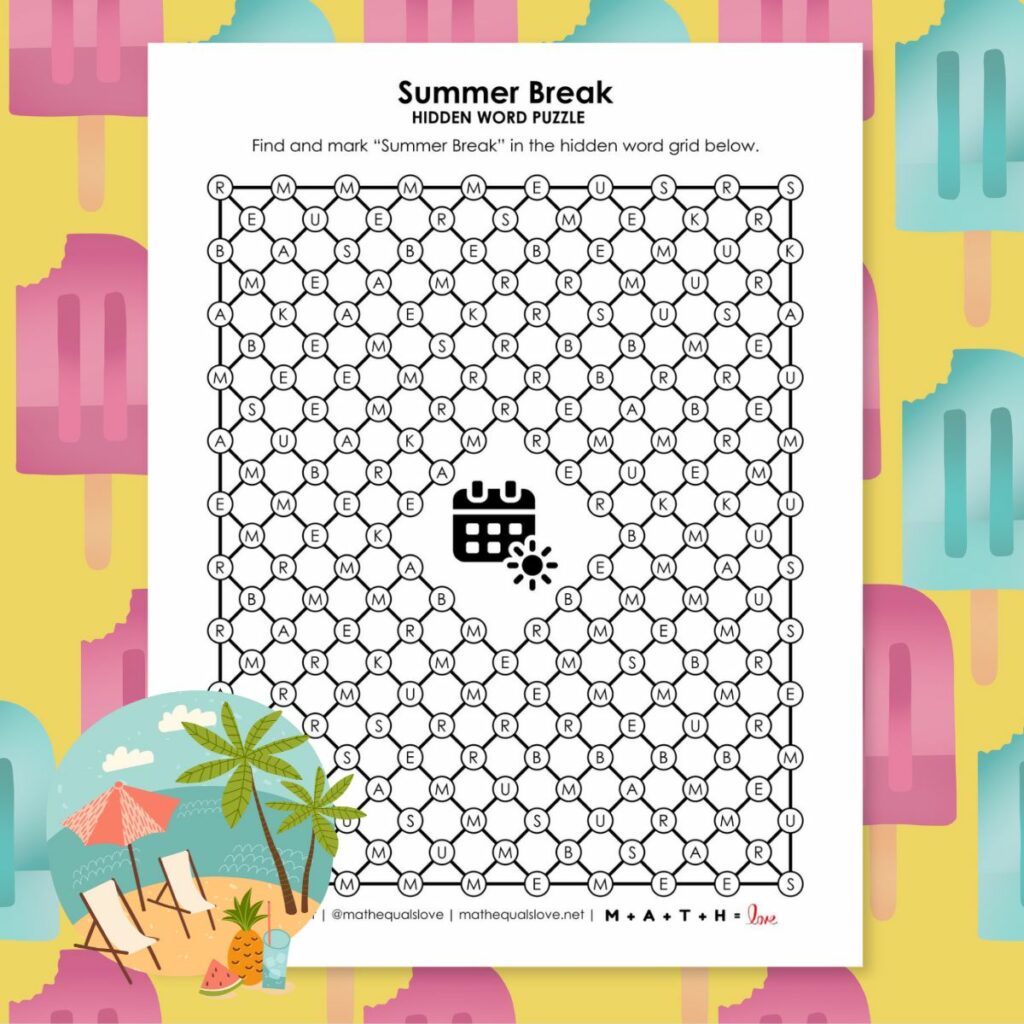
Looking for a fun word puzzle to celebrate the end of the school year? Search through the grid of letters to find the single path that spells “Summer Break.”
Strimko Puzzle Booklet
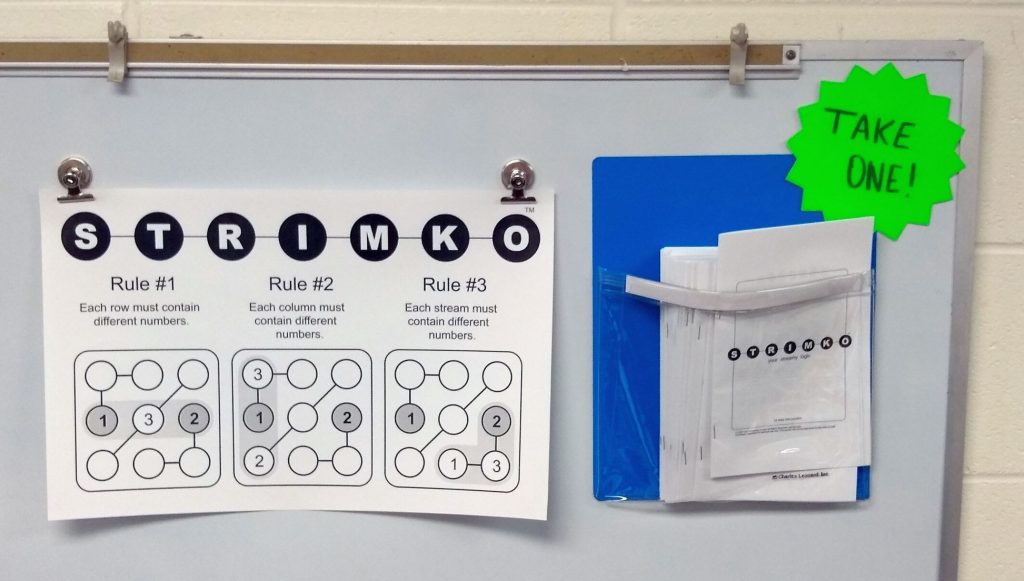
I am a huge logic puzzle fan, and one of my favorite new logic puzzle finds are Strimko puzzles. Check out this free printable book of strimko puzzles from the Grabarchuk family. My students always say these puzzles remind them of “sudoku but more fun.”
Make Six Puzzle
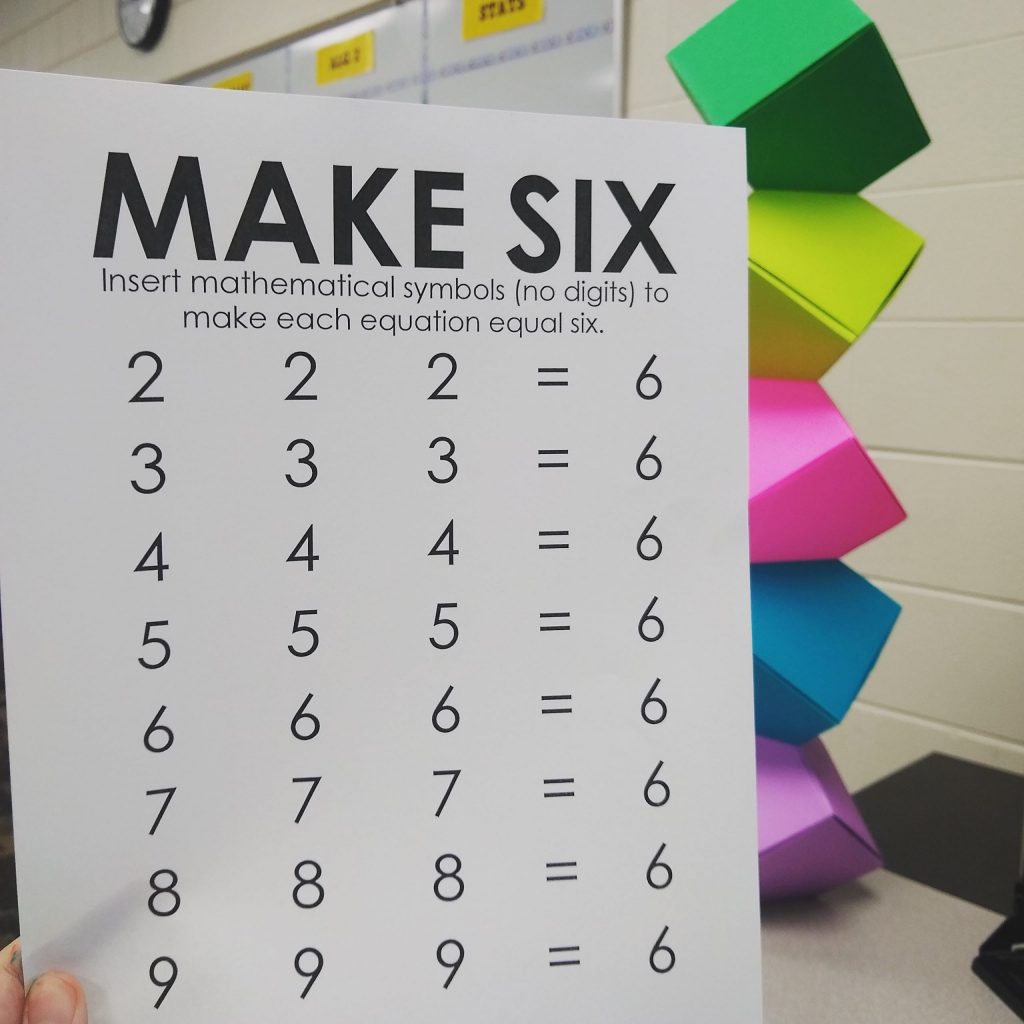
The Make Six Puzzle looks simple, but it will definitely exercise your students’ brains as they try to find all of the solutions. I recommend printing a class set of this puzzle and giving it to students in dry erase pockets. Can you make each equation equal six?
20 x 9 Challenge
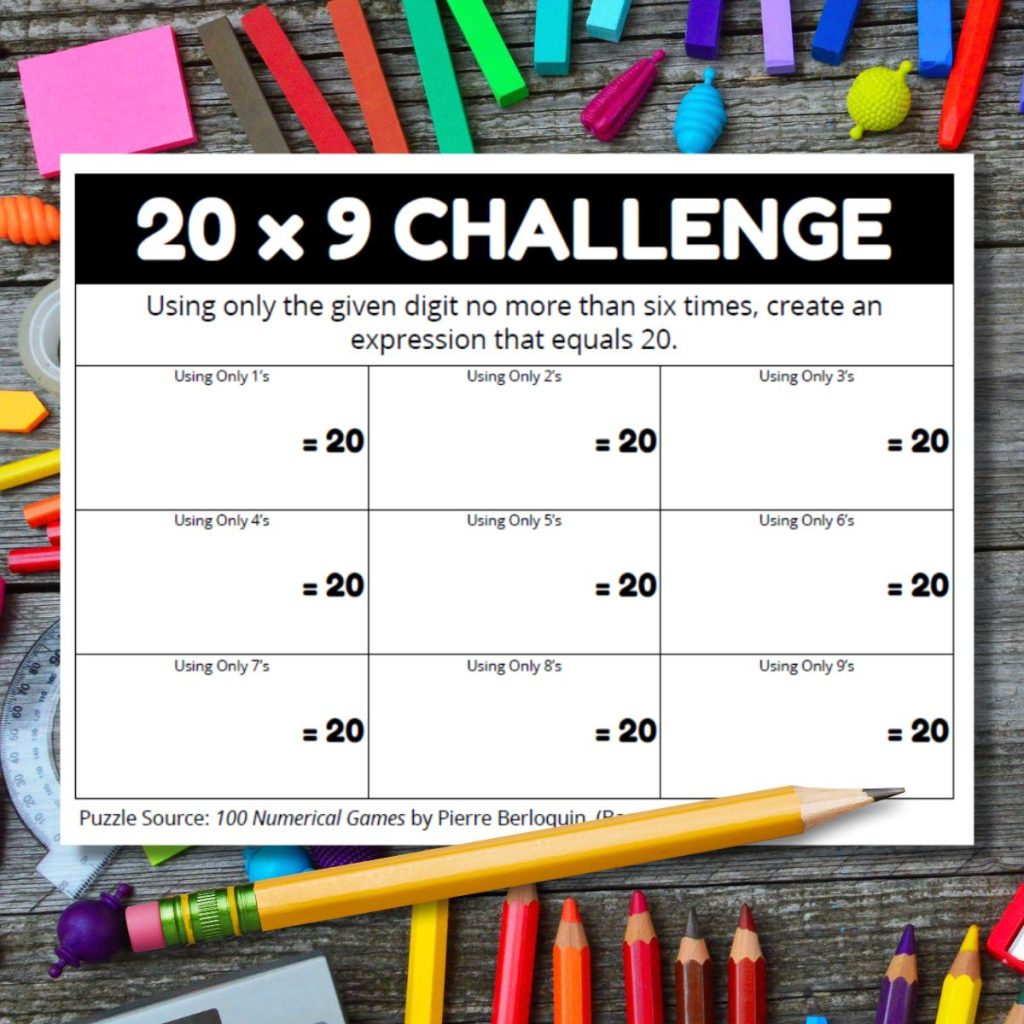
The 20 x 9 Challenge asks students to create the number twenty in nine different ways. Some of the solutions are easy to find. Others will drive your students crazy!
How Far Can You Climb?
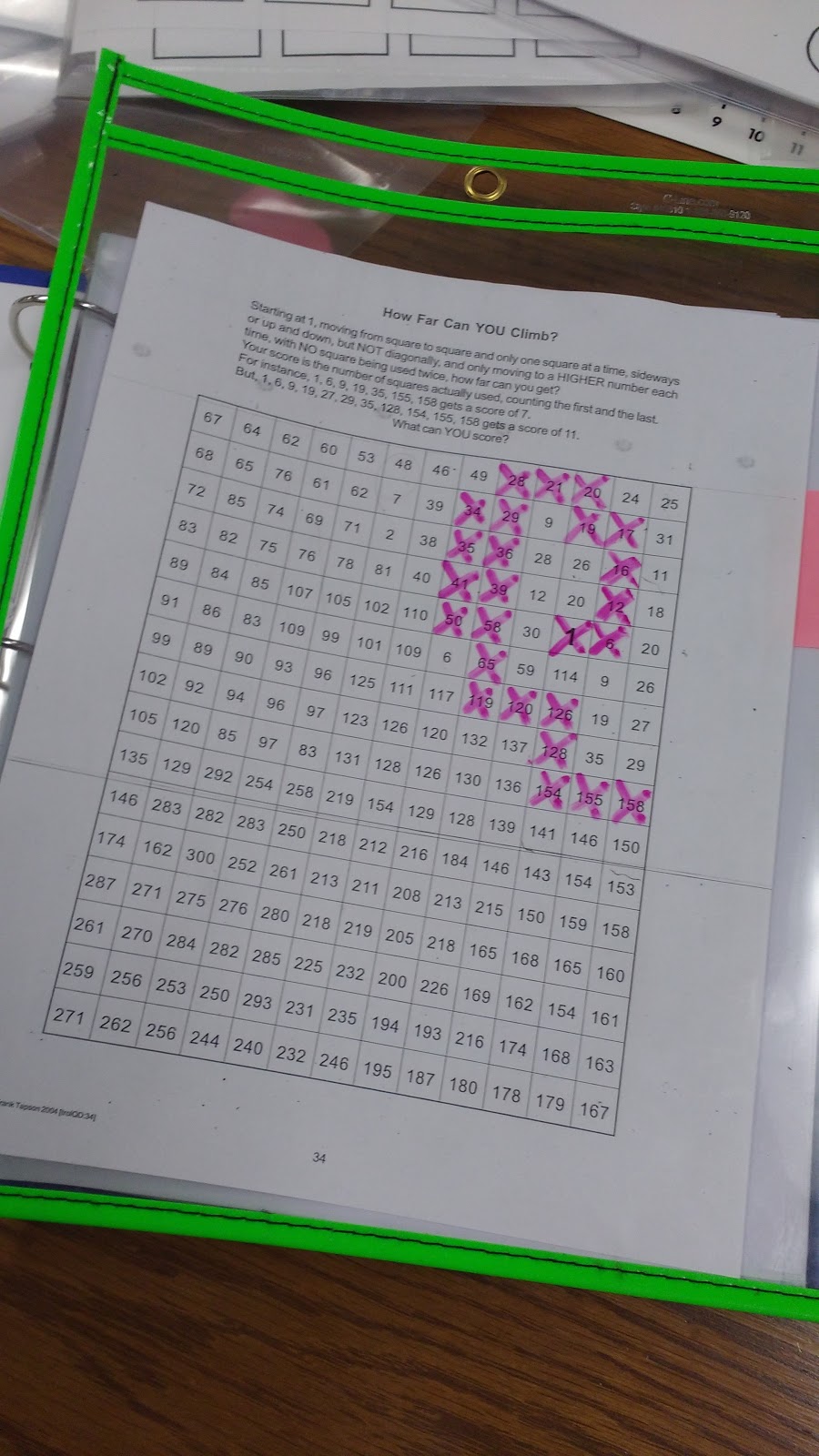
If your students are competitive, they will love this How Far Can You Climb? Puzzle from Frank Tapson. I give this puzzle to students in a dry erase pocket so they can erase their paths through the maze as they try to find the highest scoring route.
5-4-3-2-1 Challenge
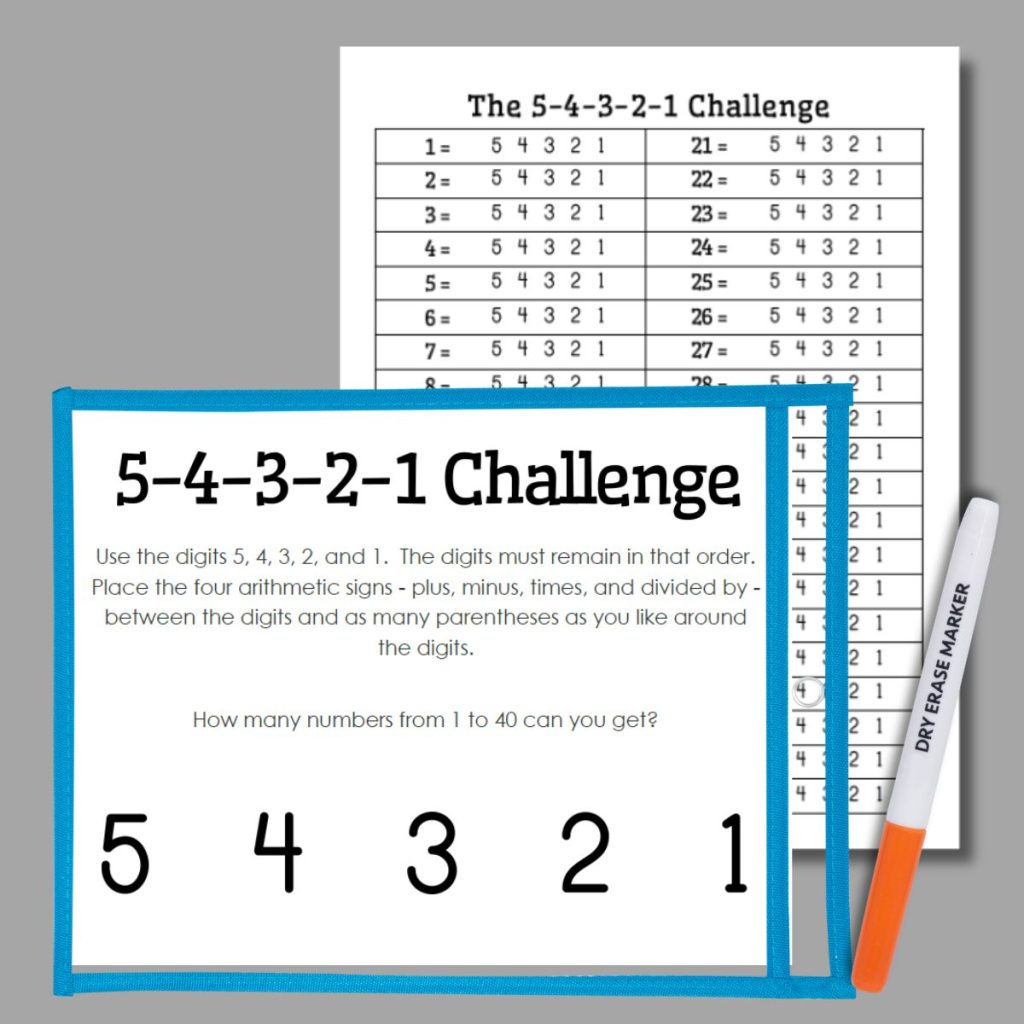
This 5-4-3-2-1 Challenge is a fun review of the order of operations and an excellent reminder of the importance of parentheses! How many of the forty solutions will your students be able to find?
Hidoku Puzzles
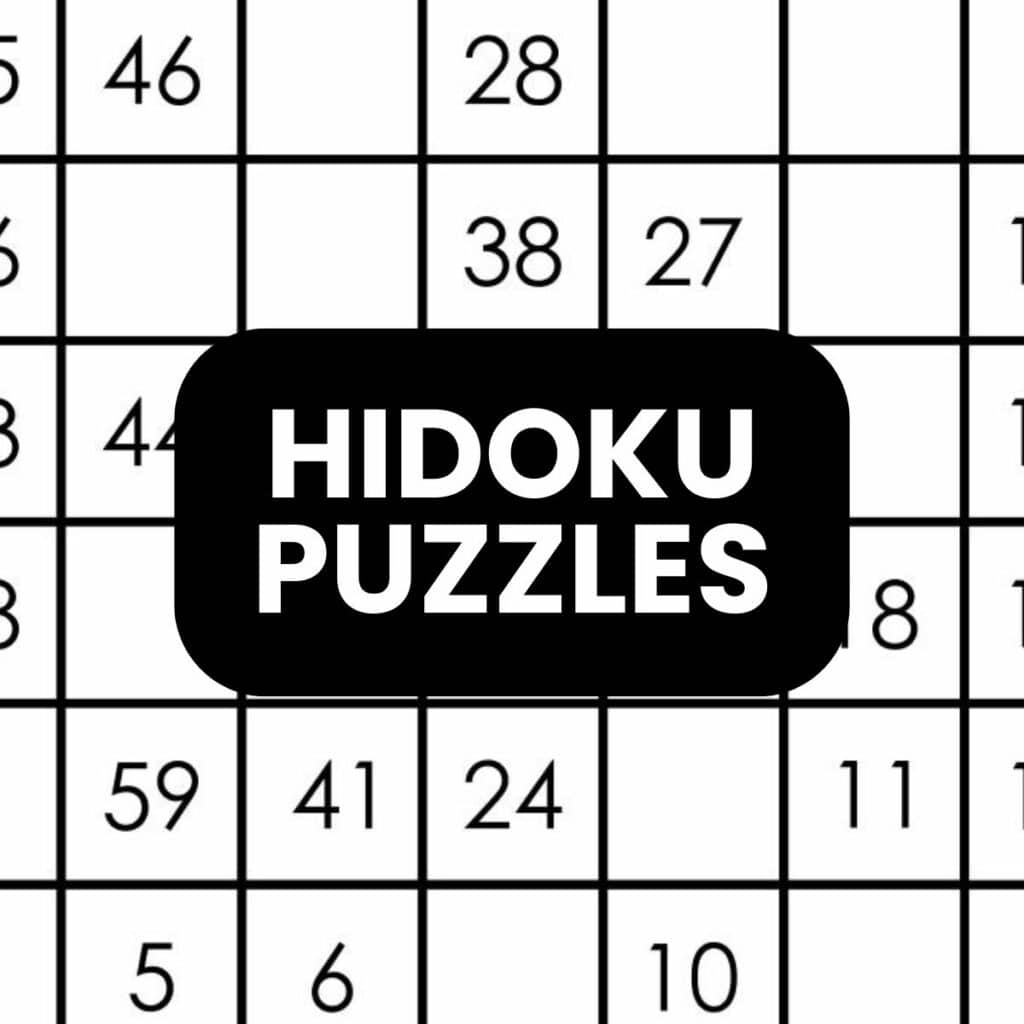
Hidato Puzzles (or Hidoku Puzzles) are a creation of Dr. Gyora M. Benedek, an Israeli mathematician. The Hebrew word “hida” means riddle. In a hidato puzzle, you are given a grid with a selection of the numbers already filled in.
Your task is to fill in the missing numbers so that each number connects to the next number either horizontally, vertically, or diagonally. 1 must connect to 2, 2 must connect to 3, and so on.
Shikaku Puzzles
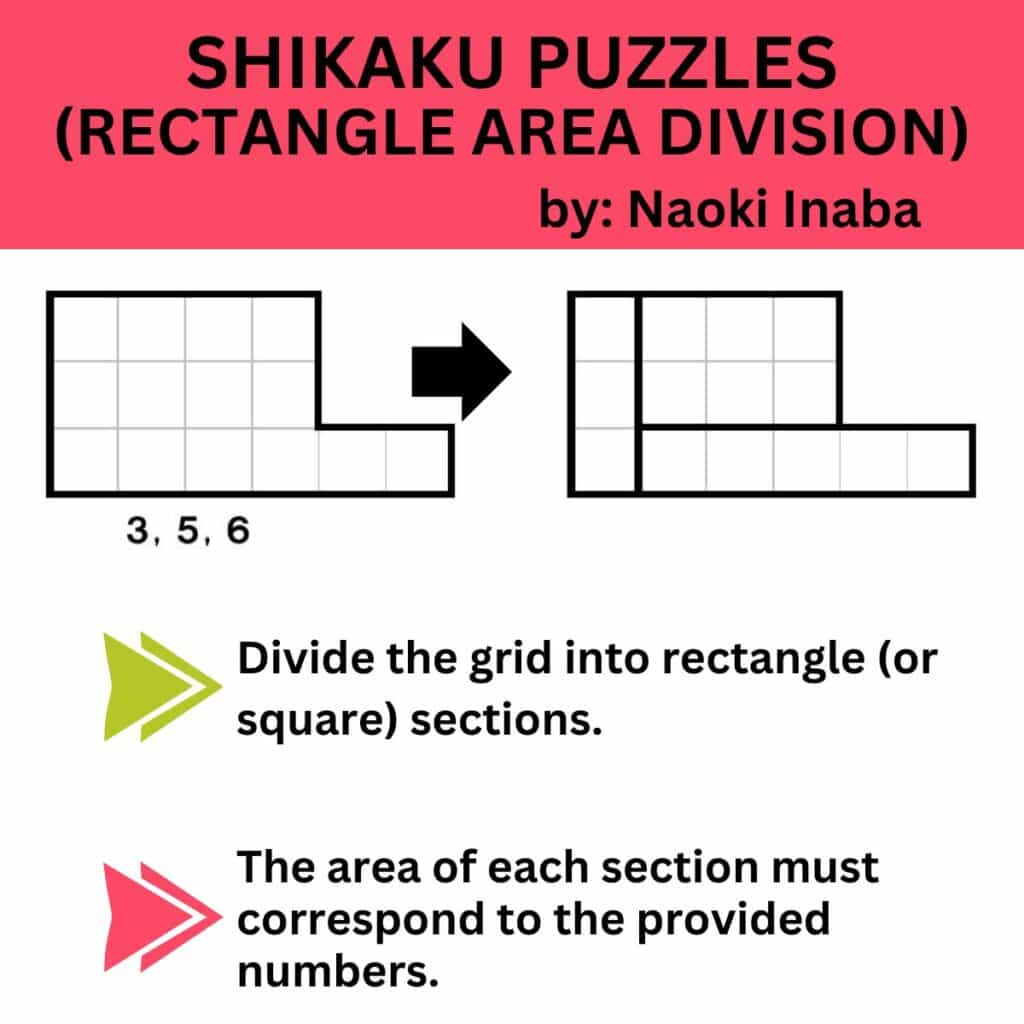
Shikaku Puzzles are a geometric-based logic puzzle from Japan.
The goal is to subdivide the grid into rectangles (and squares) of specified areas.
Kazu Sagashi Puzzles
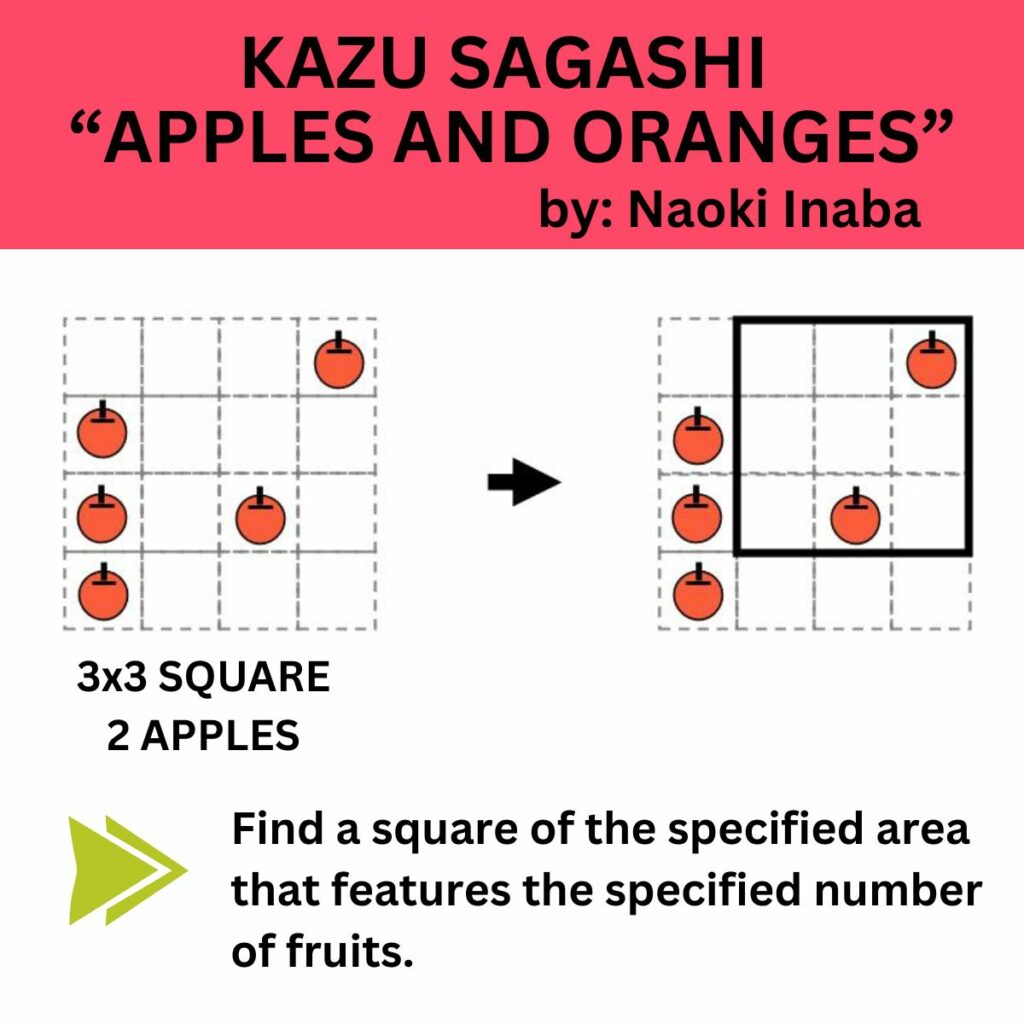
I prefer to call these Apple and Orange puzzles when I introduce them to students because they involve drawing boxes that include various numbers of apples and oranges. Sounds simple, right? I promise that these Kazu Sagashi puzzles from Naoki Inaba will keep your students entertained and puzzled for a good 30 minutes!
Hands-On Puzzles & Activities
The hands-on activities are a great opportunity to explore some of the more interesting math concepts that you just don’t have enough time for during the regular school year. I think there is great benefit from tackling mathematical activities even if they don’t align to the math standards for 8th grade math or whatever class you teach.
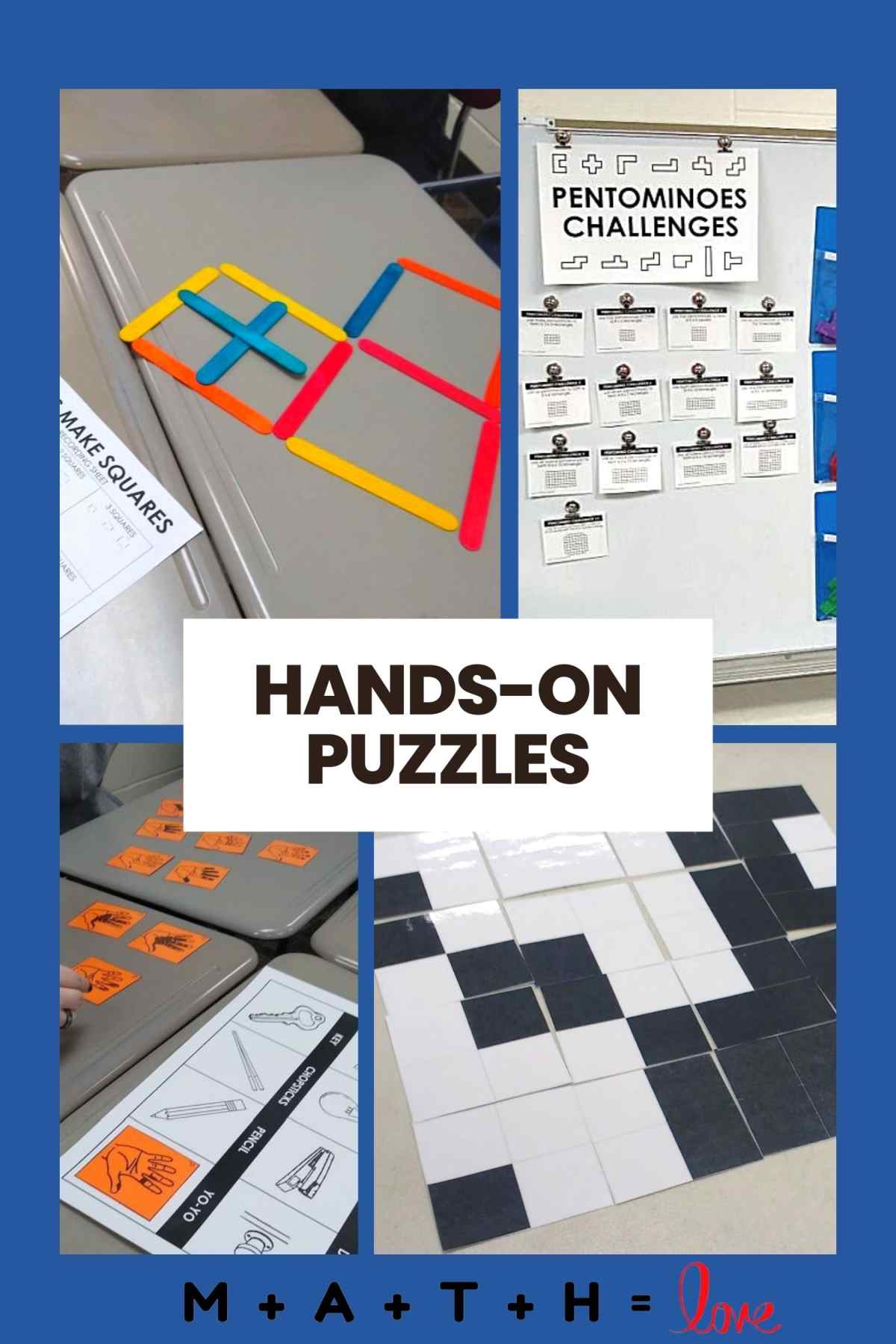
Let’s Make Squares Activity
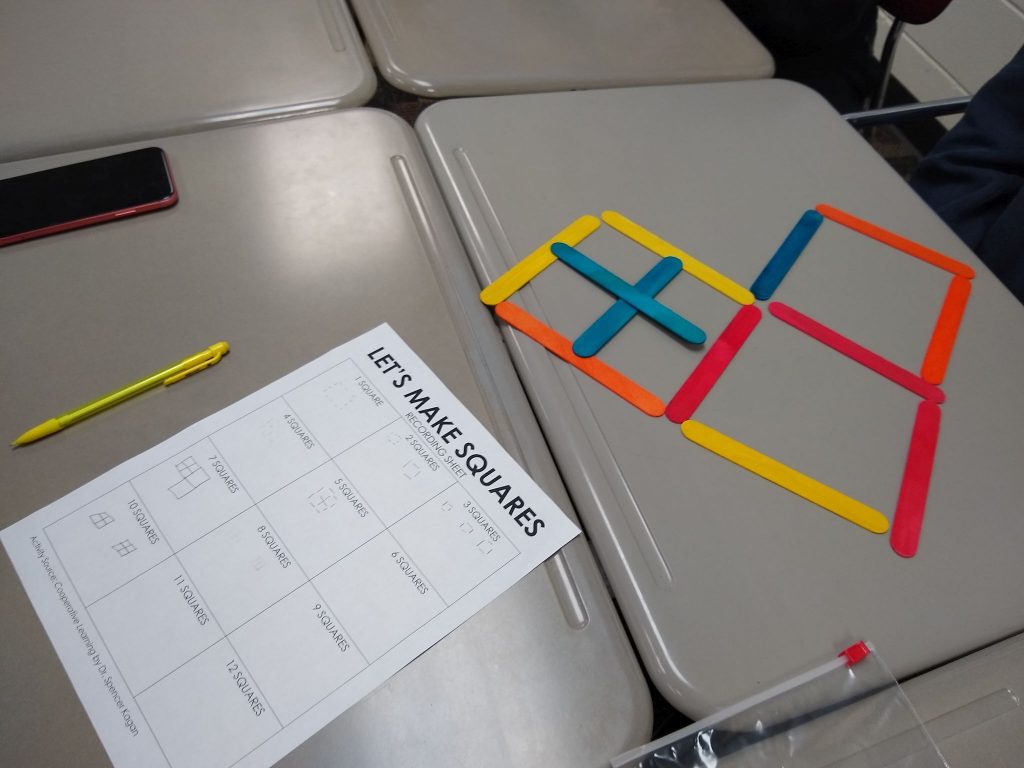
I used the Let’s Make Squares activity from Kagan’s Cooperative Learning book on the first day of school this year, but if you didn’t use it during the first week it will make a perfect cooperative group activity to wrap up the end of the school year.
Your students will need popsicle sticks or strips of colored paper to use to build the given number of squares. This activity is a great conversation starter, and it involves lots of critical thinking.
Ink Stain Matching Activity
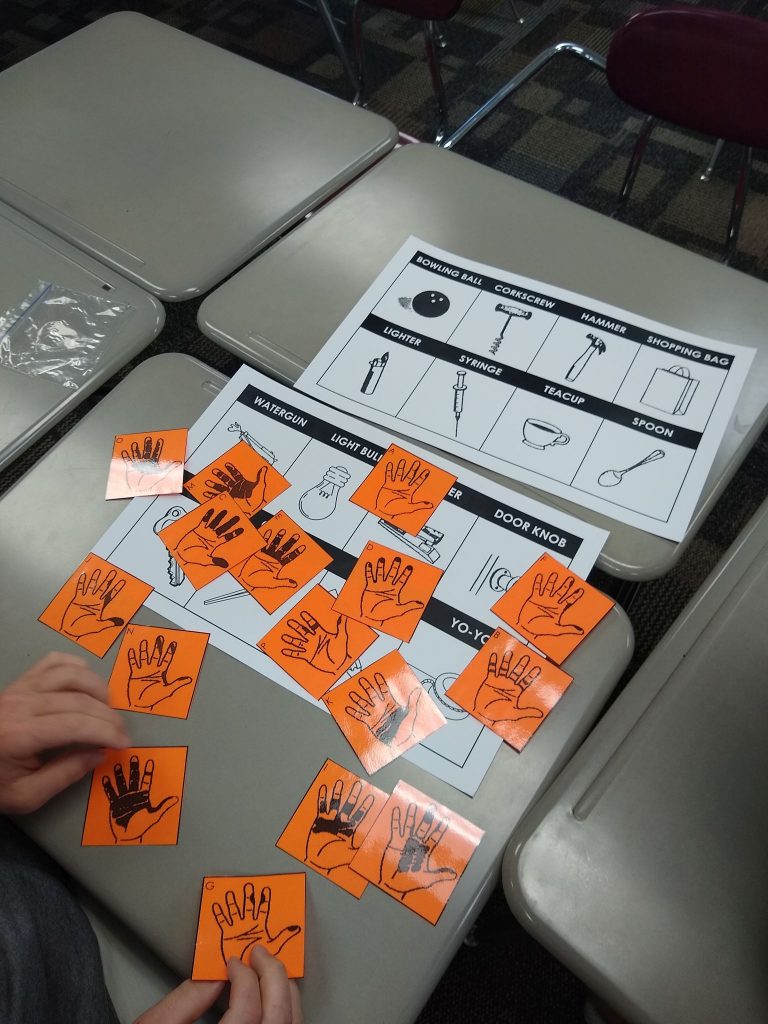
I have used this ink stain matching activity both with students at the beginning of the school year and the end of the year. Students must pretend that a group of objects has been entirely covered in ink. They must match up a set of ink-stained hands with the objects to determine which hand handled which object.
Students really enjoy this fun challenge, and it is a definite conversation starter!
Lonesome Llama Activity
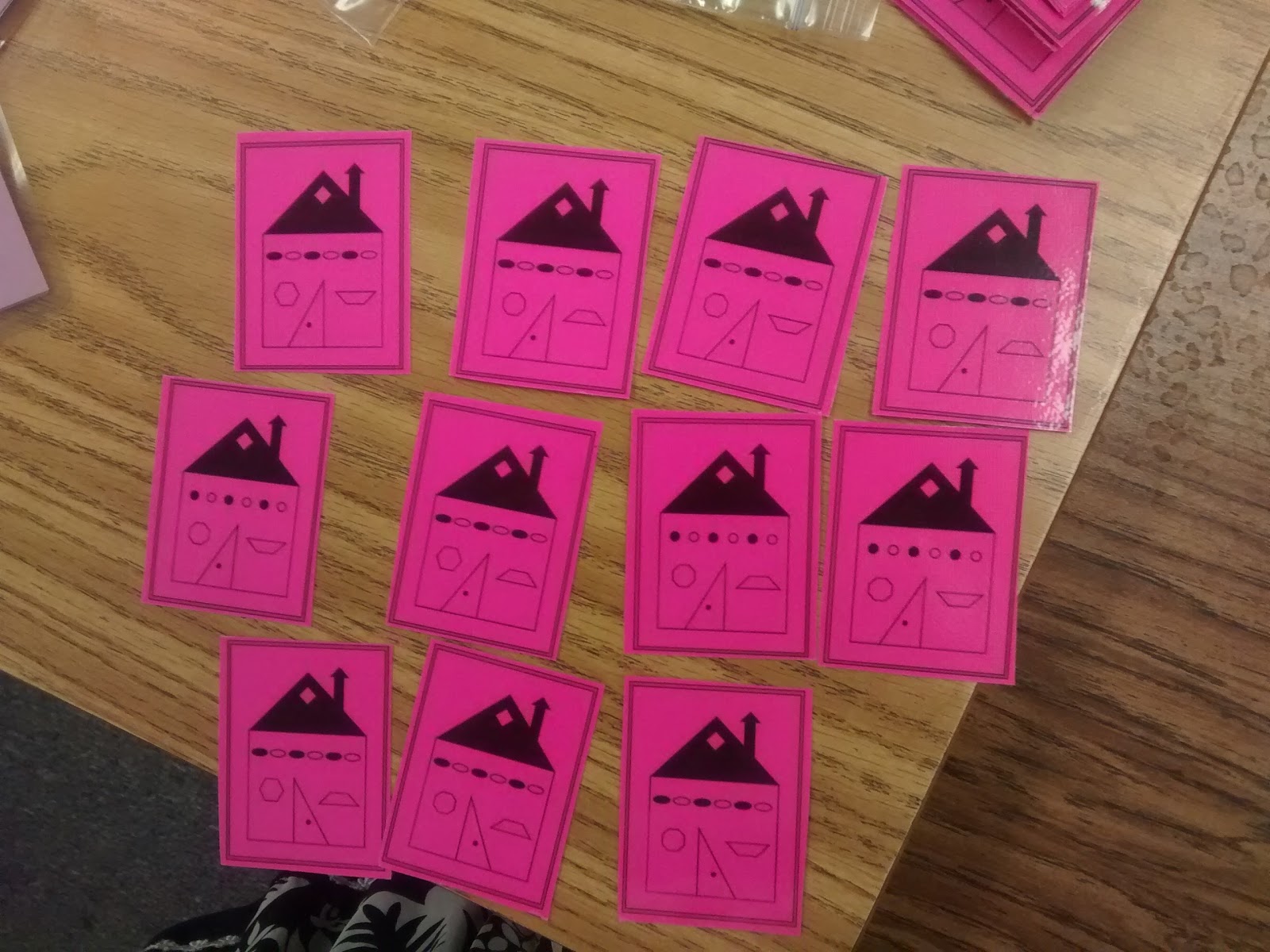
The Lonesome Llama activity requires students to work in a group and practice their communication skills as they try to determine which card in the deck does not have a match.
If you tried this activity with students at the beginning of the year, there are several other versions featuring different objects at the bottom of the post that you could try with your students.
DIY Instant Insanity Puzzle

All you need to make your own DIY Instant Insanity Puzzle is a set of wooden cubes and some colored paint or dot stickers.
Once the puzzle is built, will your students be able to build a tower using the blocks that does not repeat colors on any of the sides? As the name implies, this puzzle will drive your students insane!
Tangram Puzzles
Panda Squares Puzzle

Panda Squares is a fun edge-matching puzzle with tons of different solutions for students to find. If you have ever played Izzi before, Panda Squares is an easier printable version of that puzzle.
It was originally created by Ivan Moscovich, but it has been renamed and popularized by David Butler.
Pentominoes Challenges
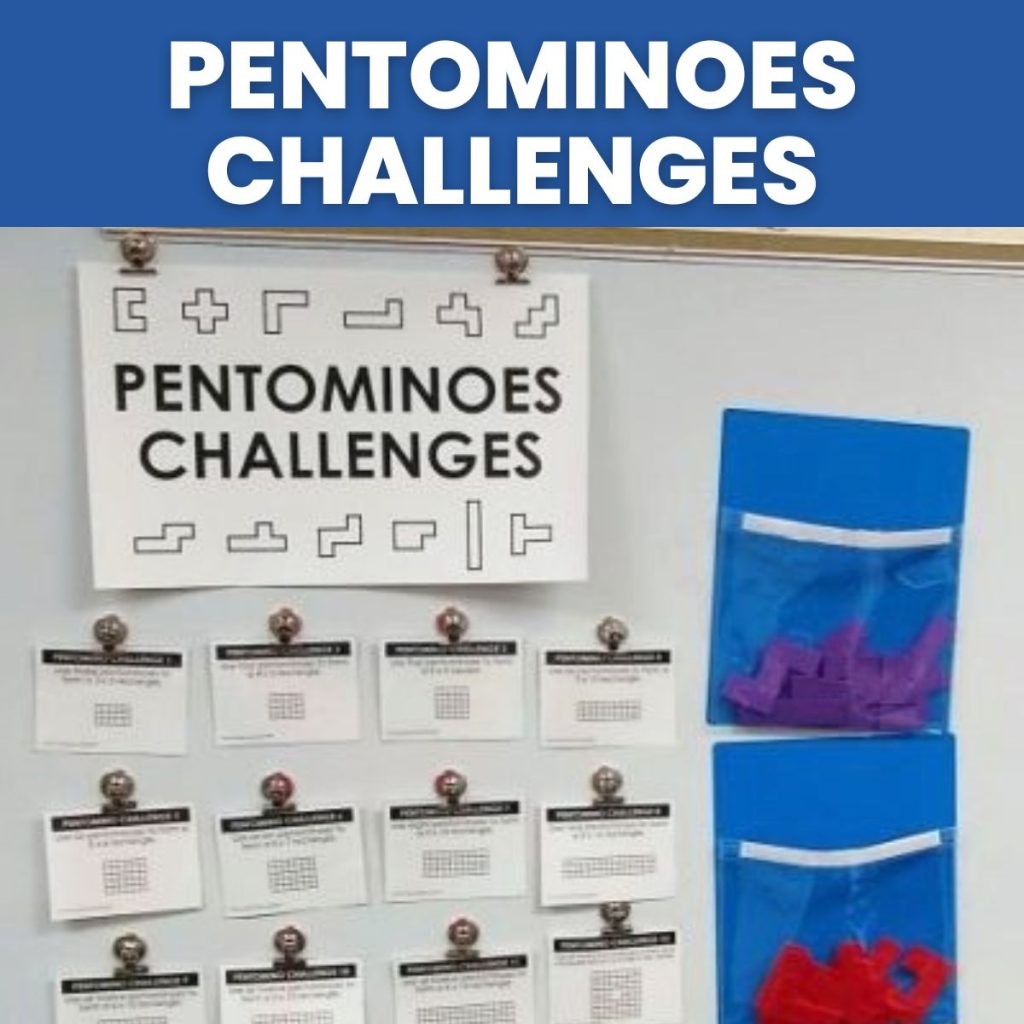
In addition to a set of tangrams, I also think each math classroom needs a set of plastic pentominoes. There are so many different puzzles that you can do with students. I usually start them with this set of 13 free printable pentominoes challenges, then we venture off into the Star Pentominoes Puzzle, Elephant Puzzle, Terrier Puzzle, and Penguin Puzzle.
Skyscraper Puzzles
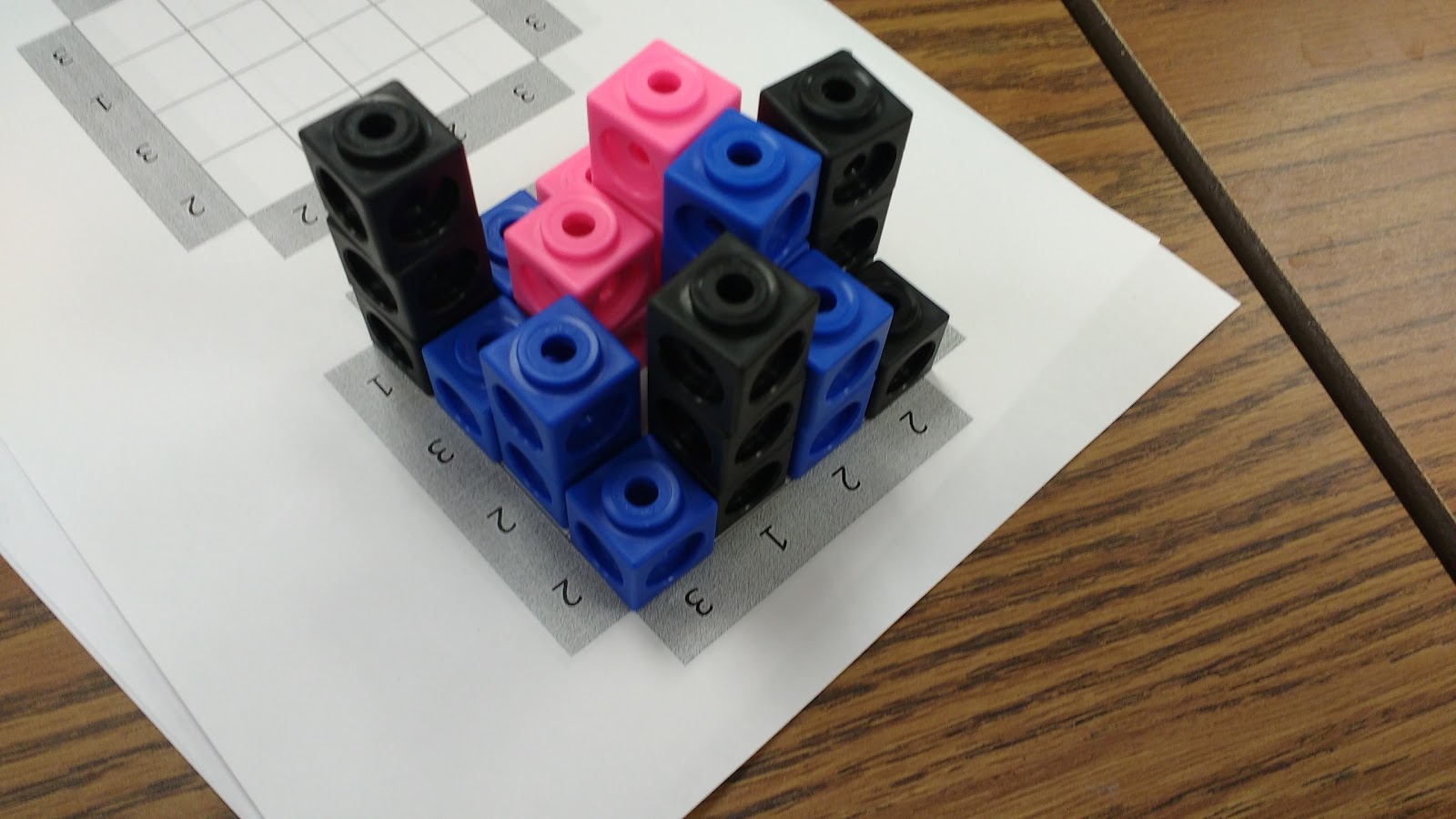
These last two hands-on puzzles involve linking cubes. These skyscraper puzzles are a latin-square type puzzle that require students to figure out where various skyscrapers must be built based on numbers written around the outside edge of a grid. These numbers tell how many skyscrapers can be seen from that vantage point.
These puzzles take a bit of explaining for students to wrap their minds around, but they can occupy students for an entire class period after the initial teaching process!
Build It Activity
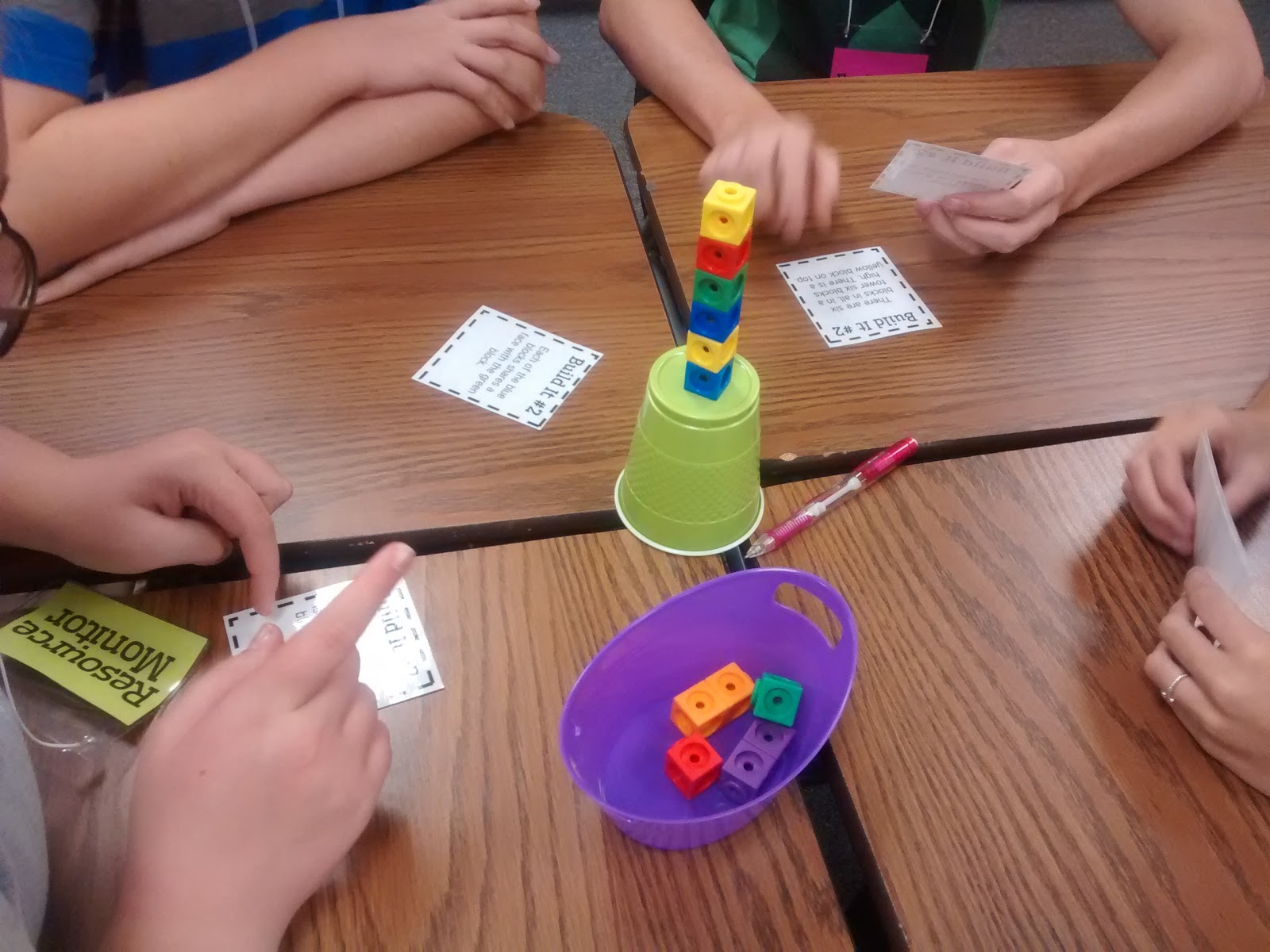
Build It is a cooperative, team building activity from the book Get It Together: Math Problems for Groups that encourages students to work together, communicate, and think logically as they construct a geometric object from linking cubes to satisfy a set of given clues.
Origami and Paper Folding Projects
Origami is one of my favorite fun math activities to pull out at the end of the school year. I often have origami displayed around my classroom, and students beg all year to do origami. So it’s really a special time when I finally break out the origami paper and show them how to create some fun paper folding projects.
Origami is a great tool for practicing problem-solving skills. The amount of brain work that goes into deciphering a set of origami steps is hard work!
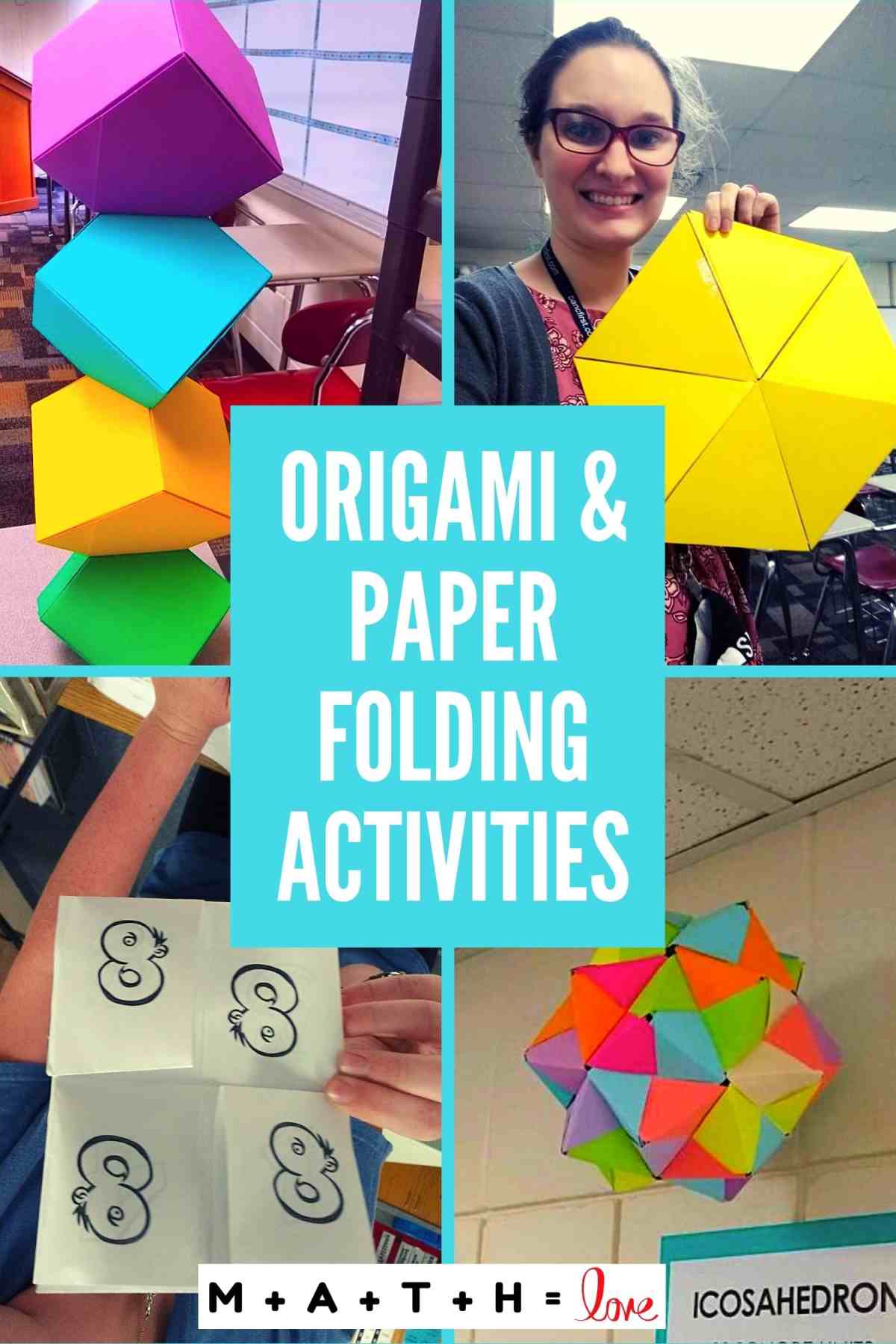
Modular Origami with Sonobe Units
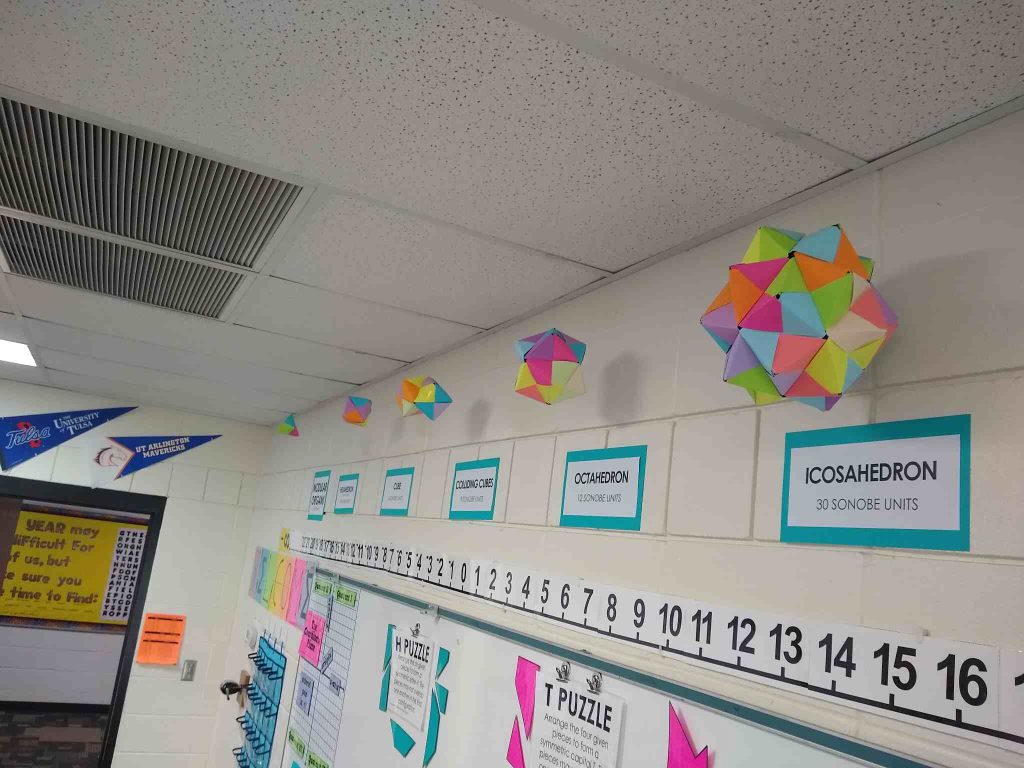
I love introducing students to modular origami. This is a great class-wide origami project since there is only one piece that students must learn to fold.
After students learn to fold the sonobe unit, they can build as many pieces as they want and assemble them to build various different objects.
Hexaflexagons
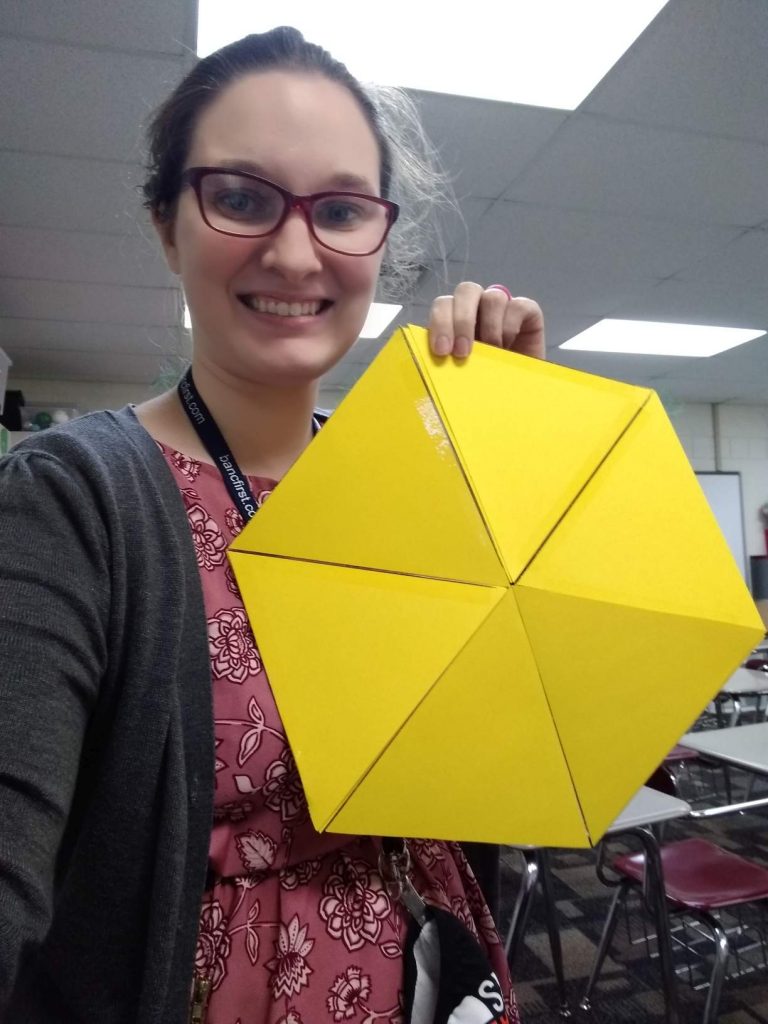
Hexaflexagons are a fun paper-based toy that is created from a strip of equilateral triangles. Students will love discovering and coloring the different sides of the hexaflexagon. If your students love playing with fidget toys, think of the hexaflexagon as the ultimate build-it-yourself fidget toy.
Crazy Eight Paper Folding Puzzle
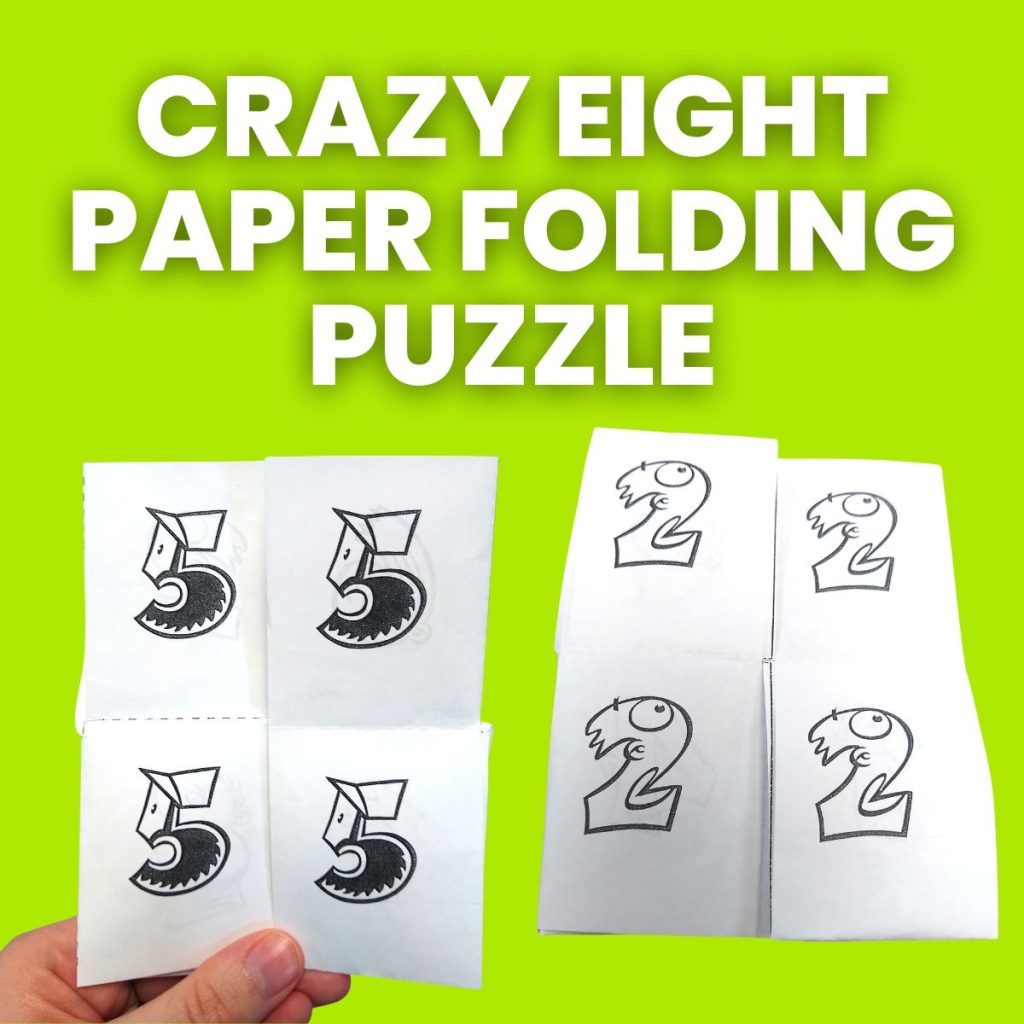
The crazy eight paper folding puzzle is actually eight different puzzles in one. It’s easy to build, but hard to solve! I love dividing my dry erase board up into eight different sections so students can add their name to each section as they solve each of the paper-folding puzzles.
Origami Columbus Cubes

An origami columbus cube tower is a fun origami project that creates an impressive and eye-catching final product. I have a columbus cube tower on my desk as a fun, mathematical decoration, and students beg all year to learn how to build one themselves. The end of the school year is the perfect time to let students build this fun origami project.
Eight Lettered Squares Puzzle
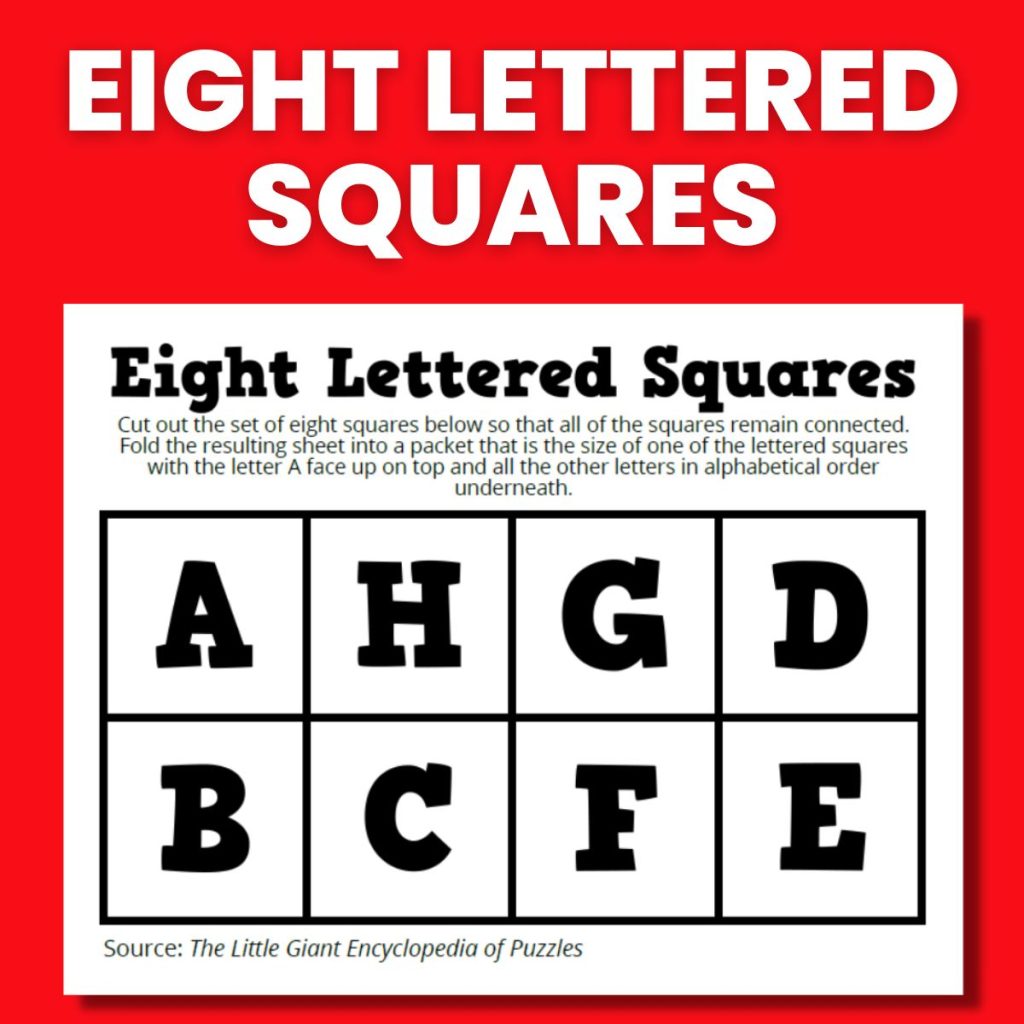
Similar to the Manifold Origami Puzzle, the eight lettered squares puzzle gives students a strip of paper featuring eight letters which they must fold so that the letters are in alphabetical order. It’s easy to explain, but hard to figure out!
Reflection Activities
Close out the year by having your students take a closer look at all of the things they learned this year. They might just be surprised at how much they learned in your class! Seeing what things they remember is also a great tool to help you as you reflect on the school year and the changes you want to make going forward.
Learning from A to Z Activity
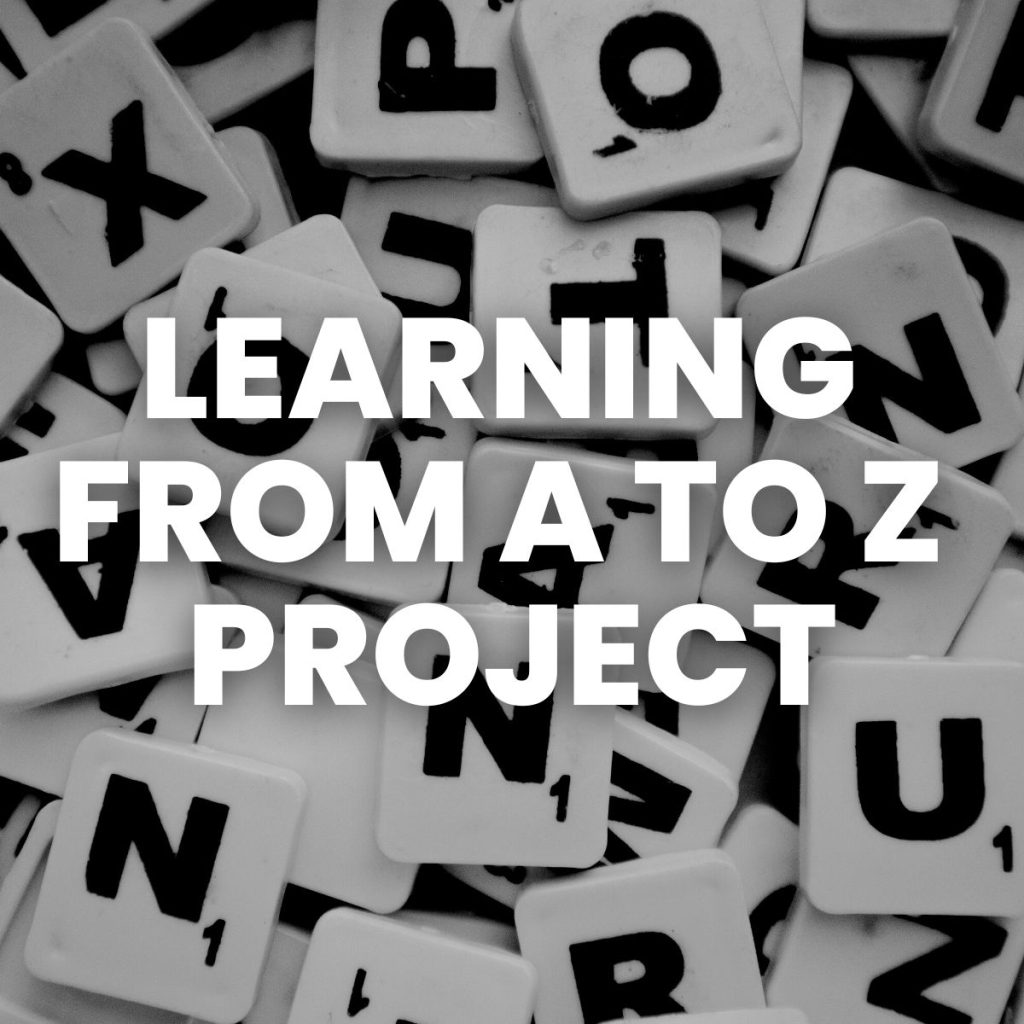
Help students to reflect on everything they have learned over the course of the school year with this Learning from A to Z Activity. Students must come up with something they learned that starts with each and every letter of the alphabet.
Alphabetical Advice
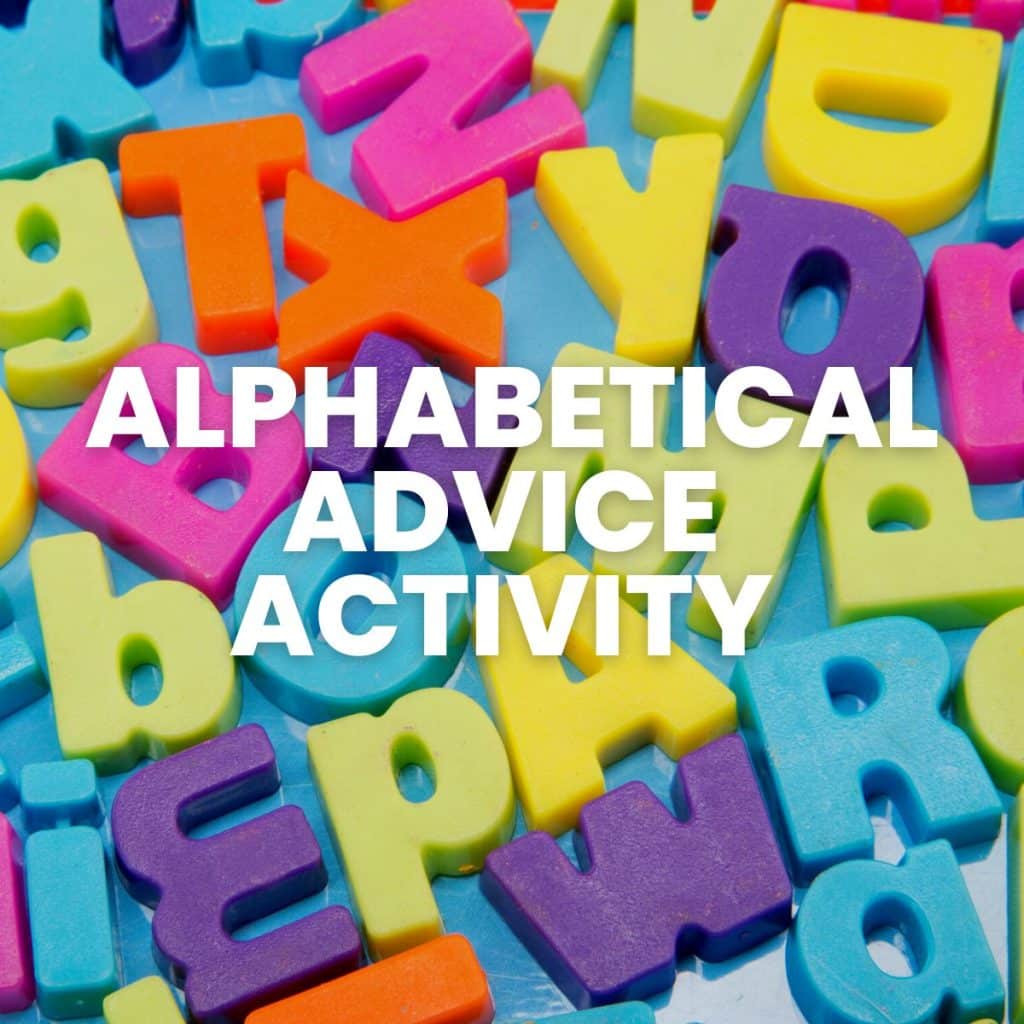
I also like to have my students reflect on the year by having them create a set of advice for future students beginning with each letter of the alphabet. I have each student write their own advice, then we compile a set of the best alphabetical advice for future students.
End of Year Concept Maps

Another way to encourage students to reflect on the past school year is to create a concept map summarizing the main ideas of the course and their connections. It always impresses me what students come up with!
End of Year Letters of Advice
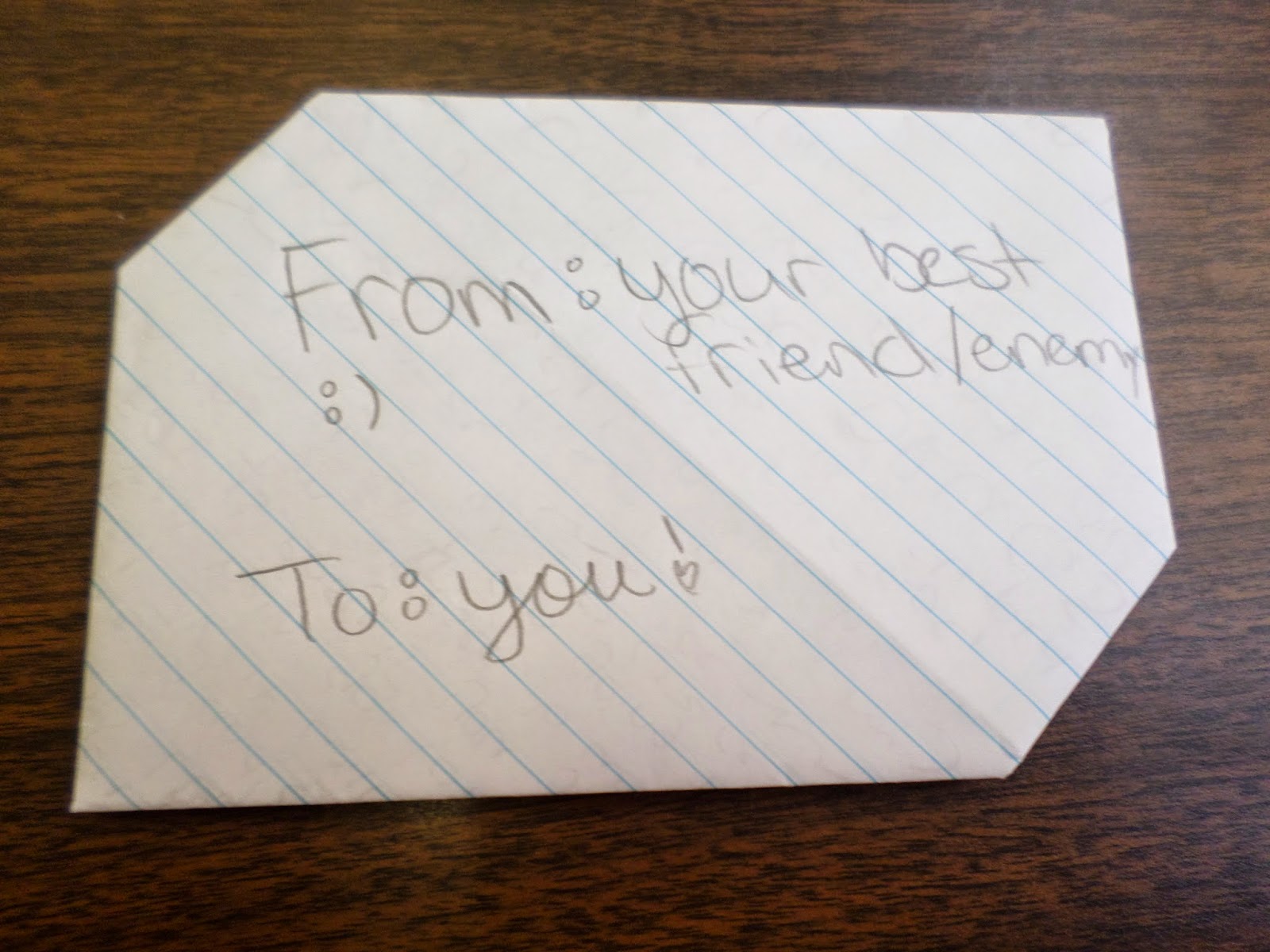
My students always groan when I ask them to write letters of advice to future students at the end of the year. They are always a lot of fun for me to read, and they give me great feedback on what my students enjoyed and did not enjoy during the school year.
Puzzle Solutions
Puzzle solutions are available on a password-protected solution page. I do not openly post the puzzle answer keys because one of my goals as a resource creator is to craft learning experiences for students that are non-google-able. I want teachers to be able to use these puzzles in their classrooms without the solutions being found easily on the Internet.
Please email me at sarah@mathequalslove.net for the password to the answer key database featuring all of my printable puzzles and math worksheets. I frequently have students emailing me for the answer key, so please specify in your email what school you teach at and what subjects you teach. If you do not provide these details, I will not be able to send you the password.
Not a teacher? Go ahead and send me an email as well. Just let me know what you are using the puzzles for. I am continually in awe of how many people are using these puzzles with scouting groups, with senior adults battling dementia, or as fun activities in their workplace. Just give me enough details so I know you are not a student looking for answers to the puzzle that was assigned as their homework!

